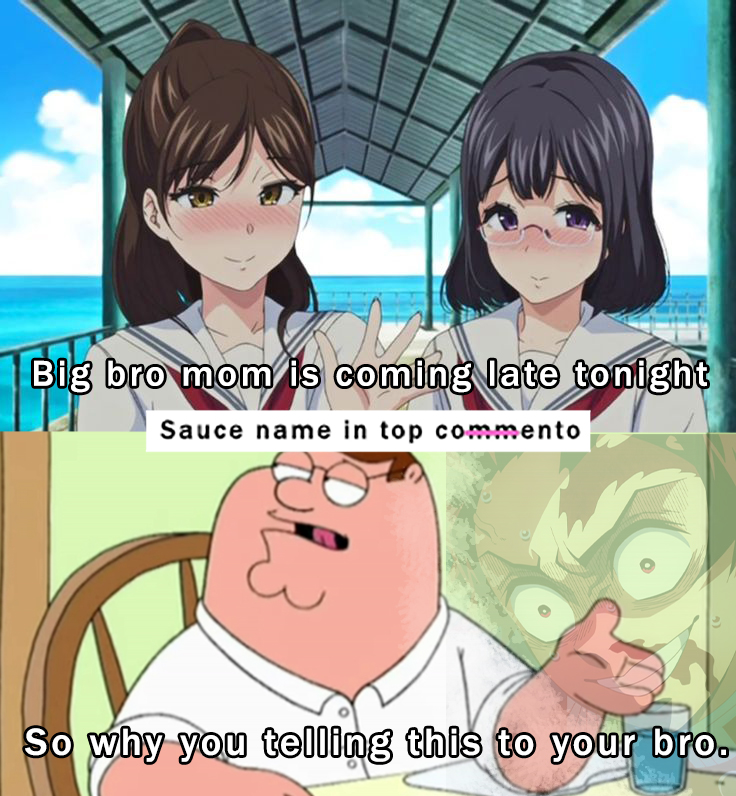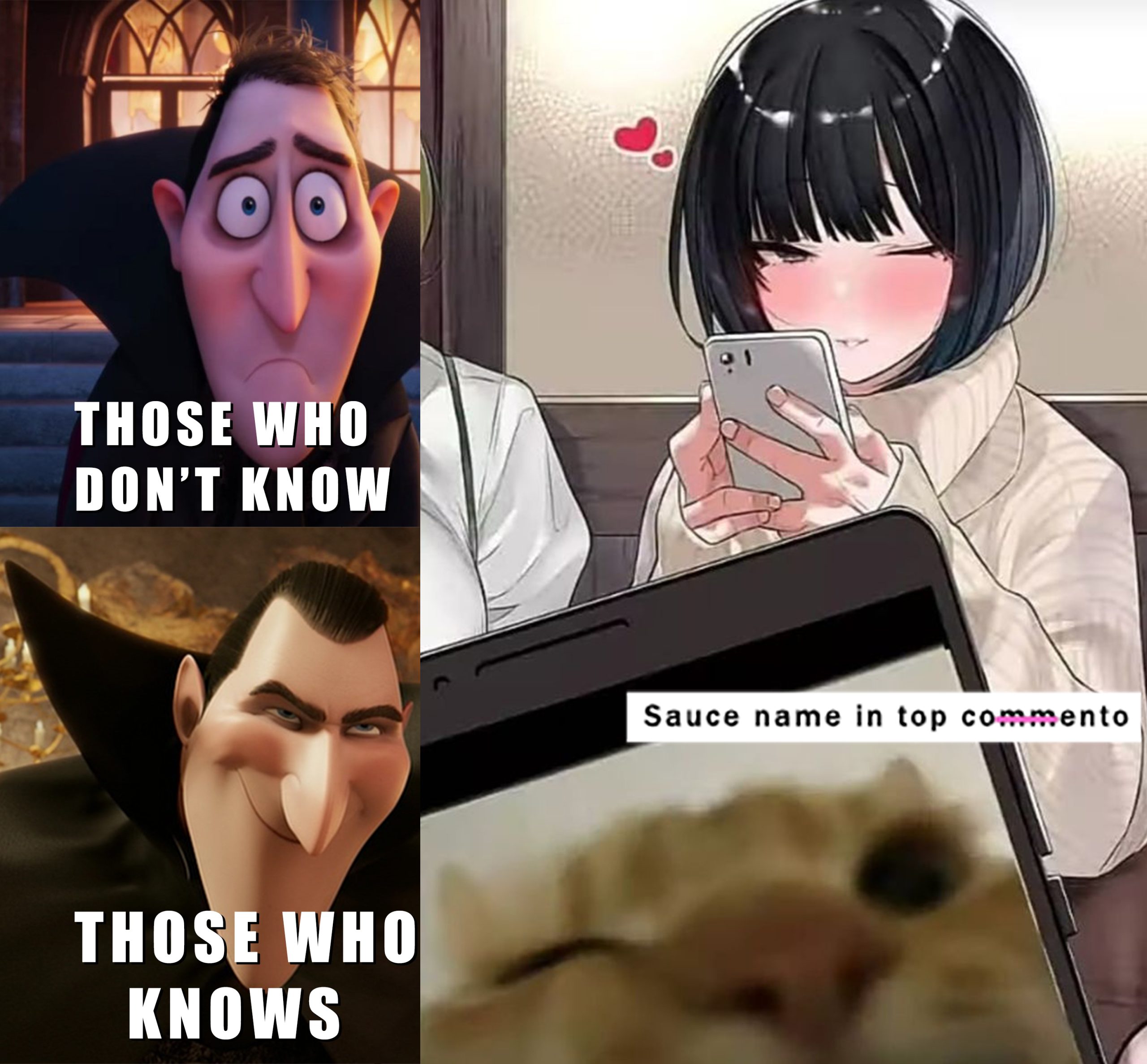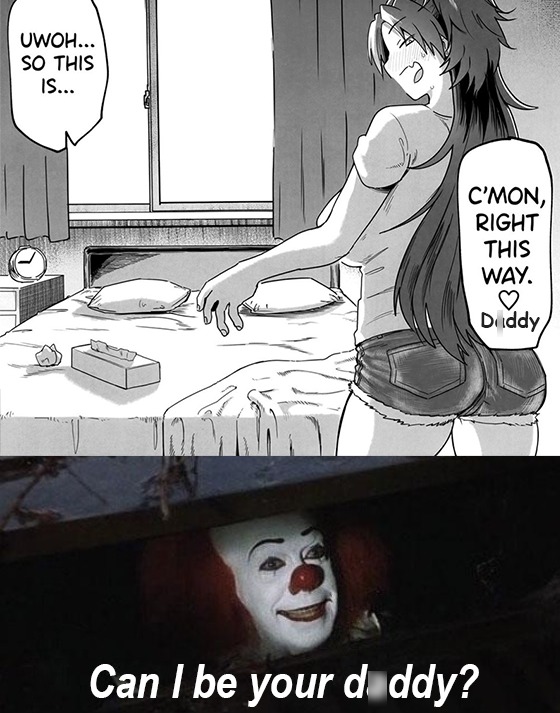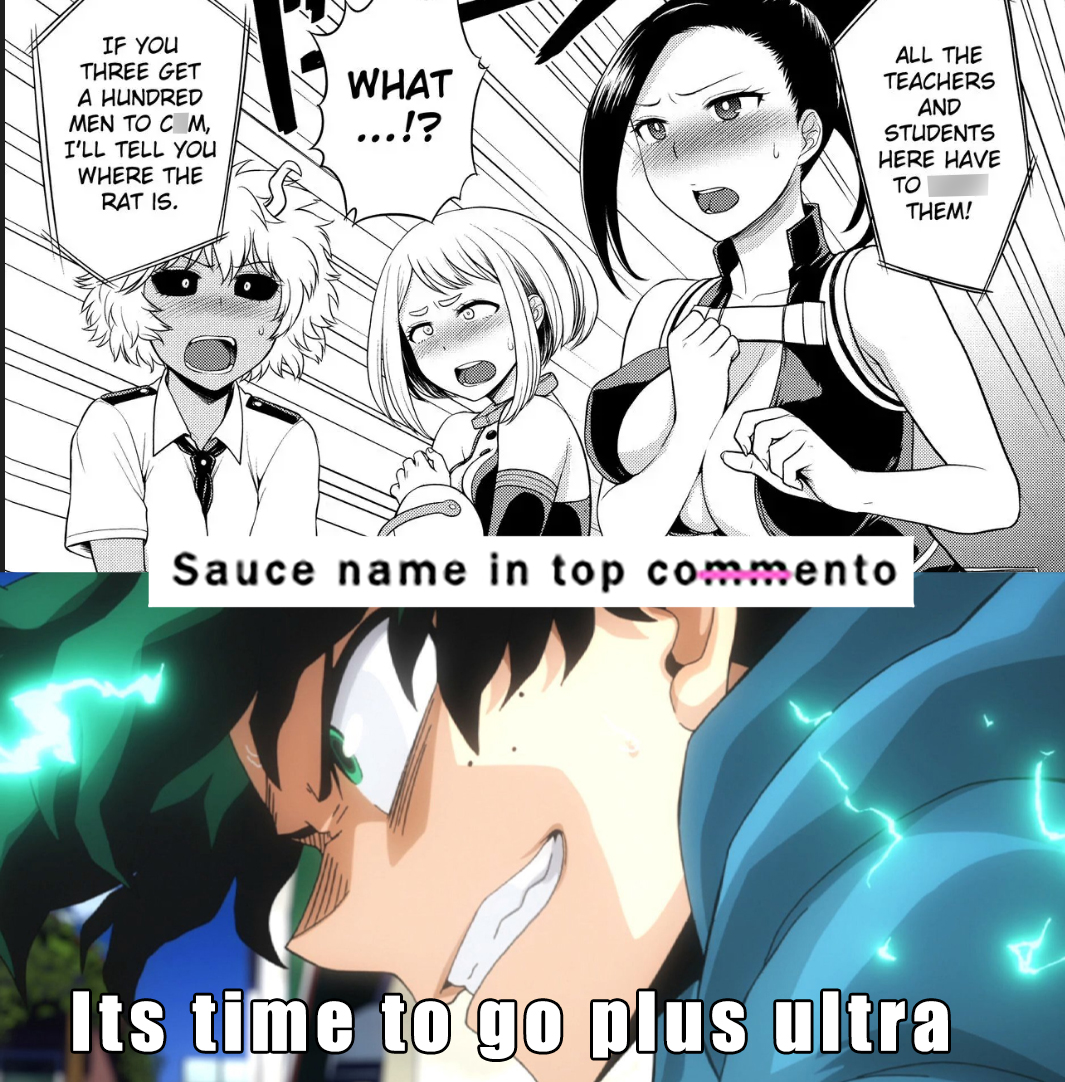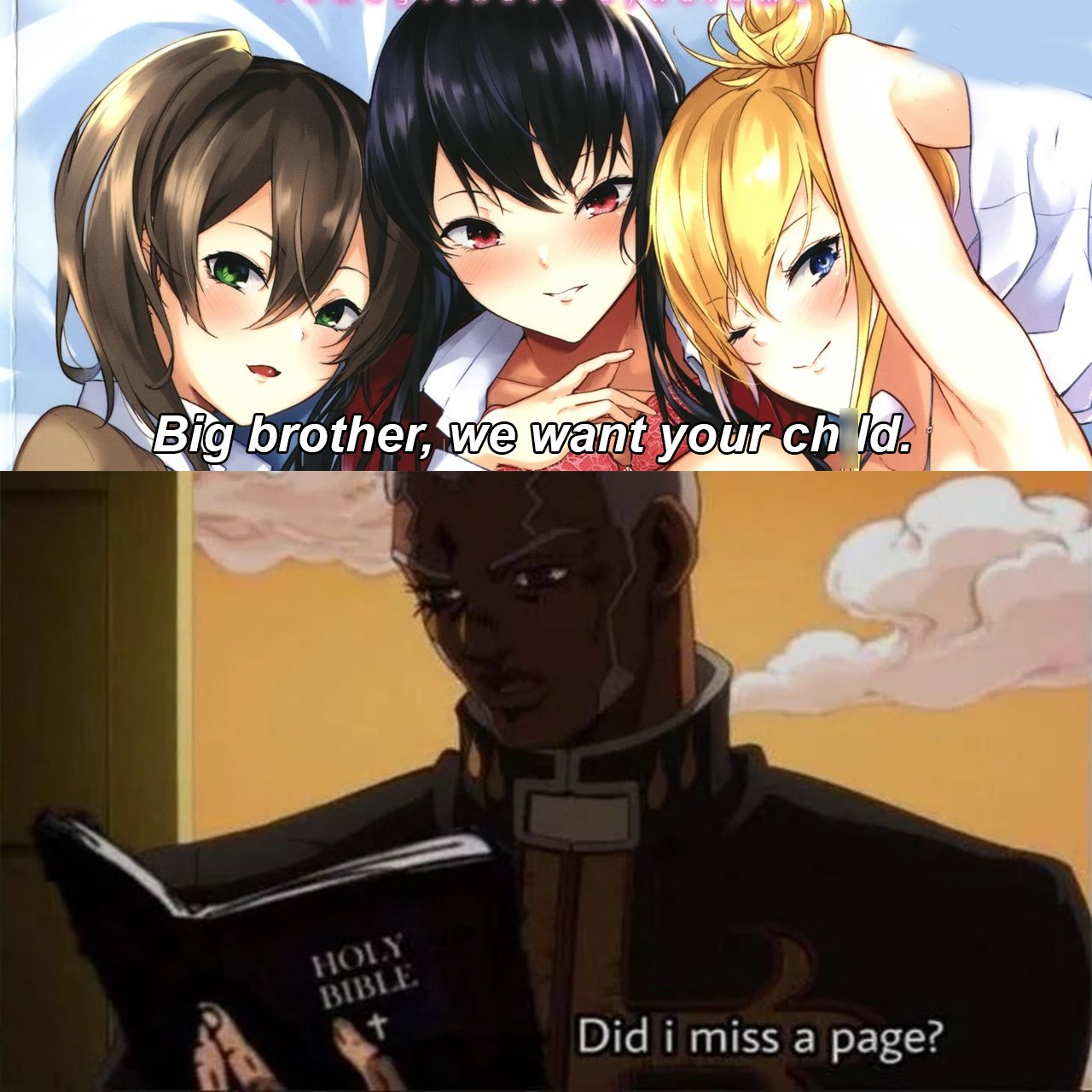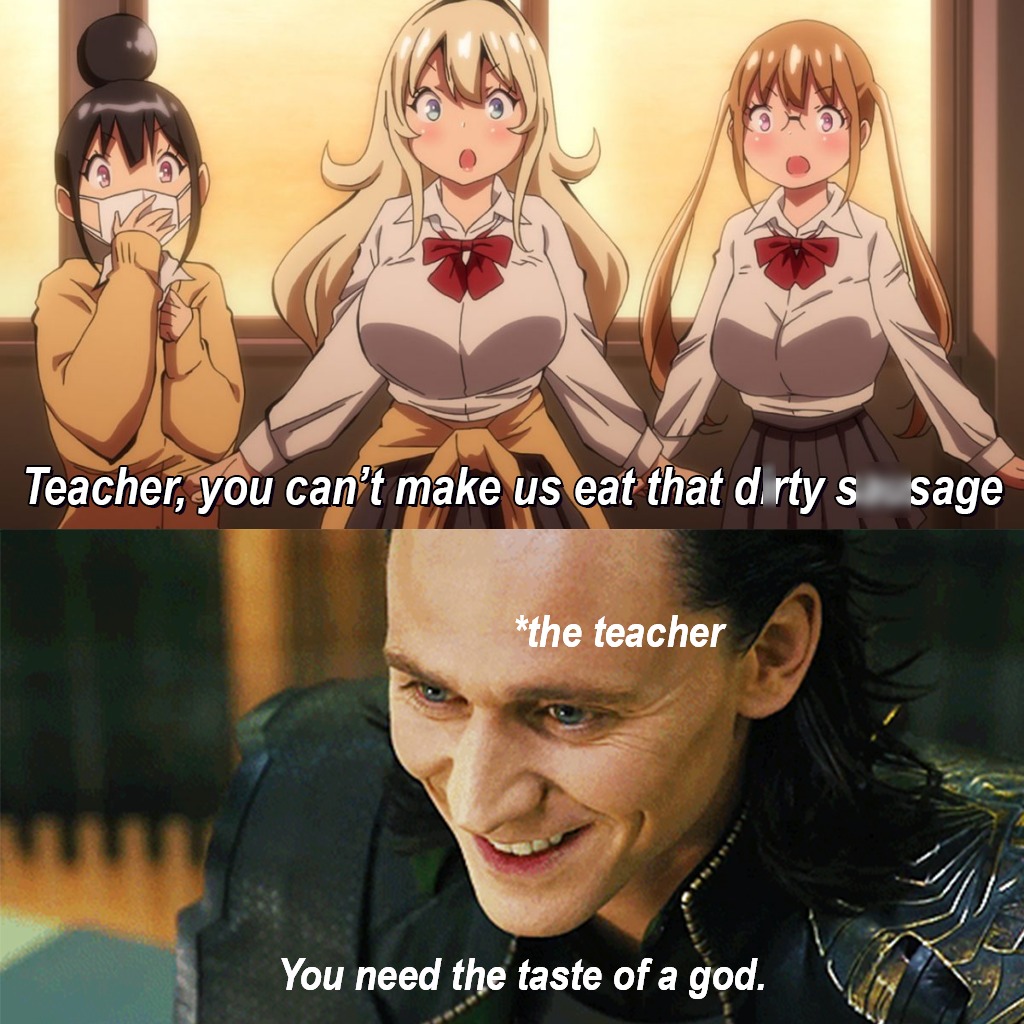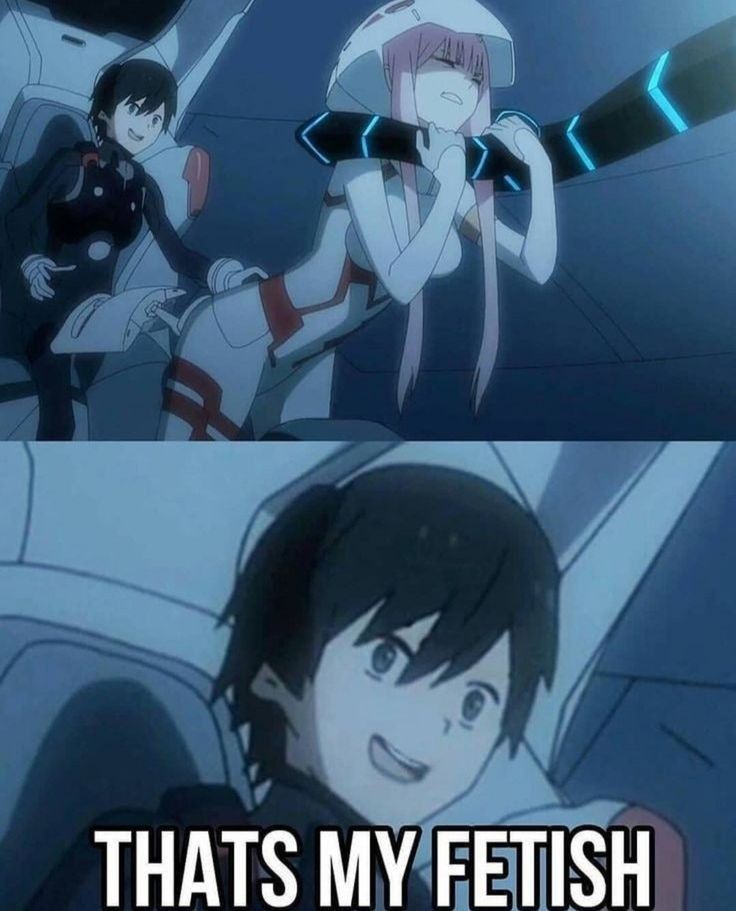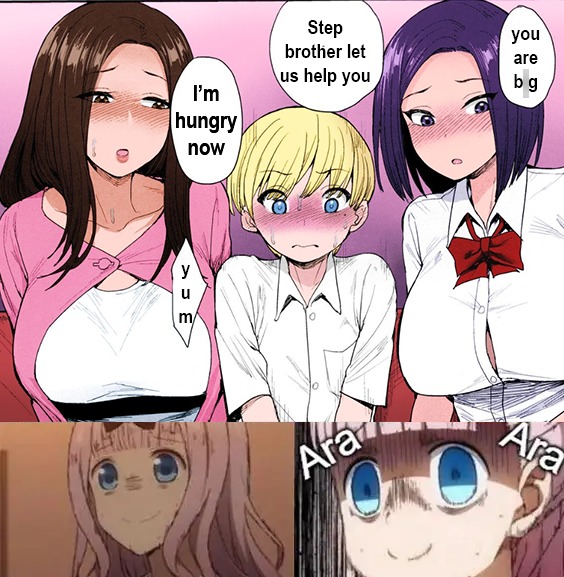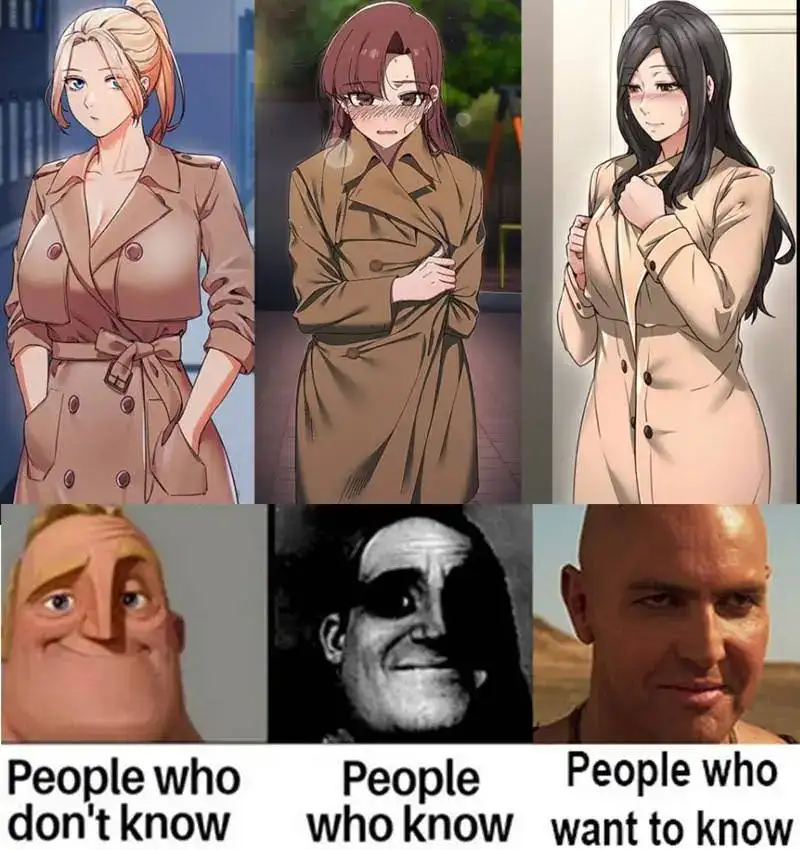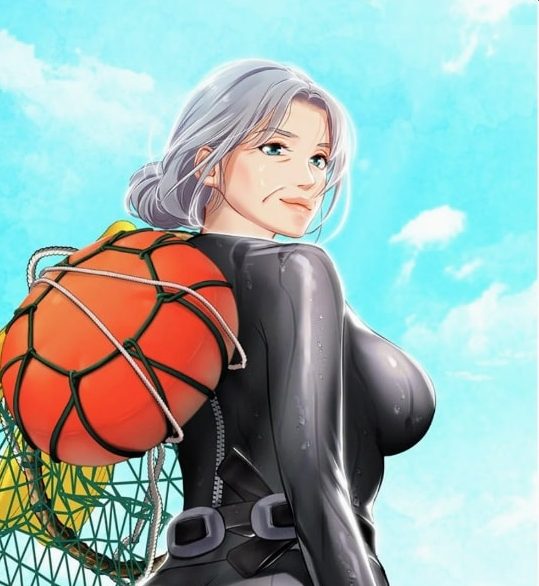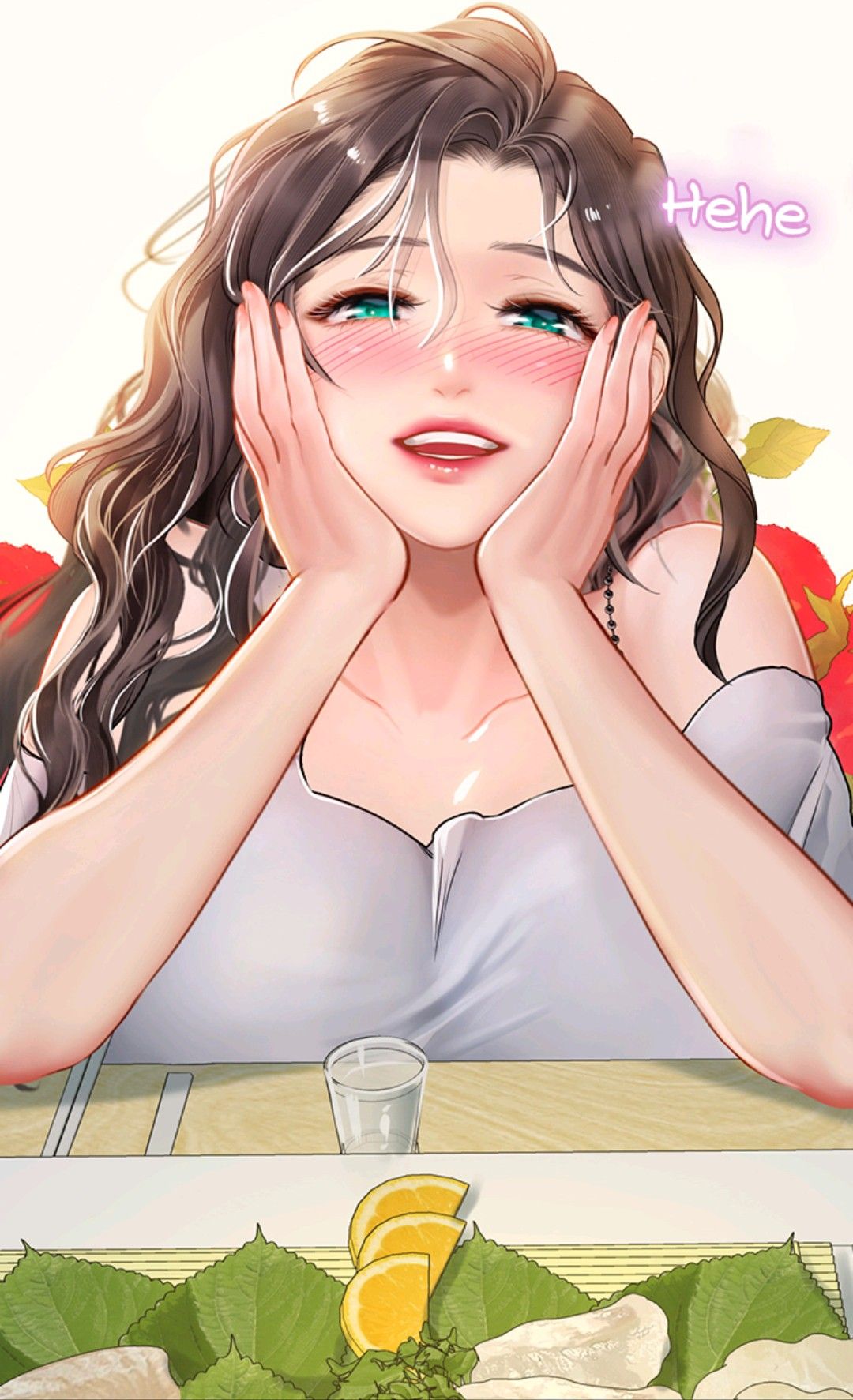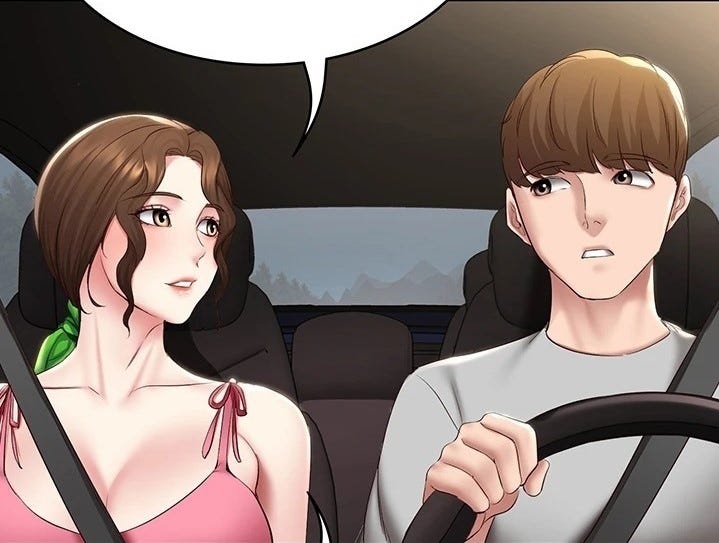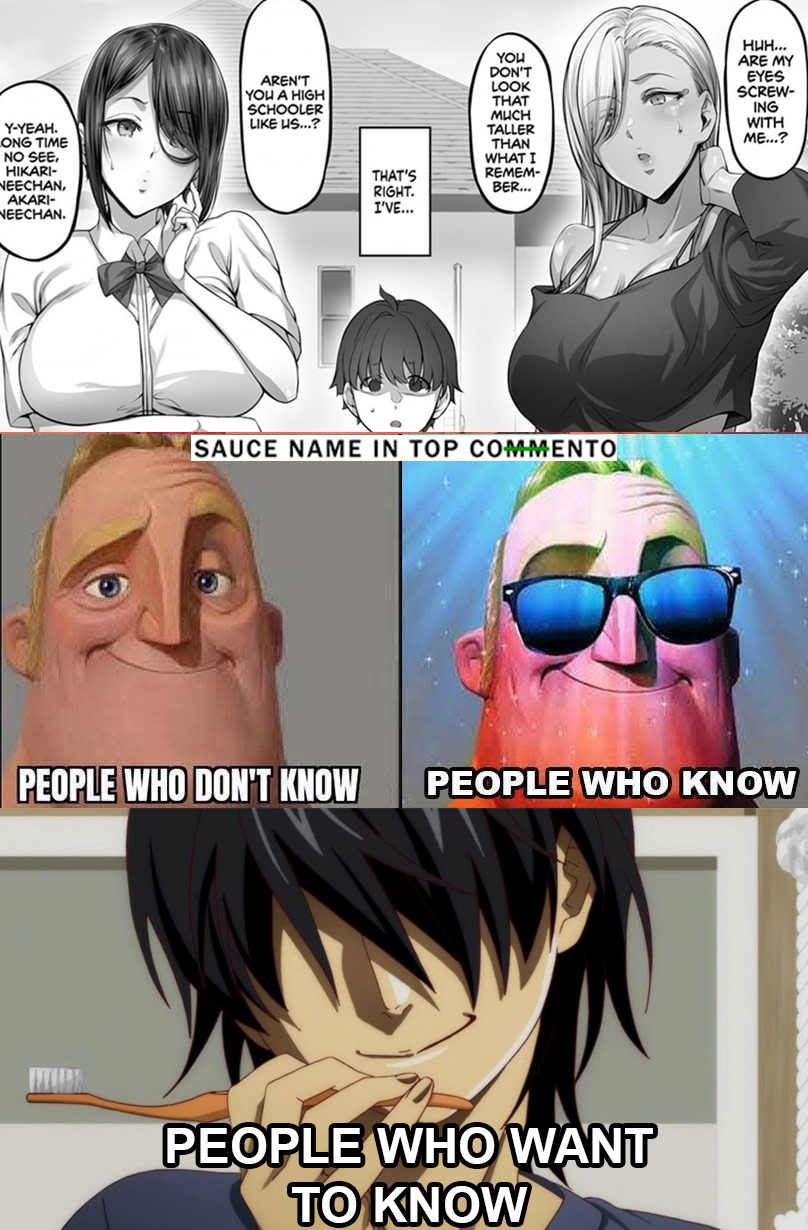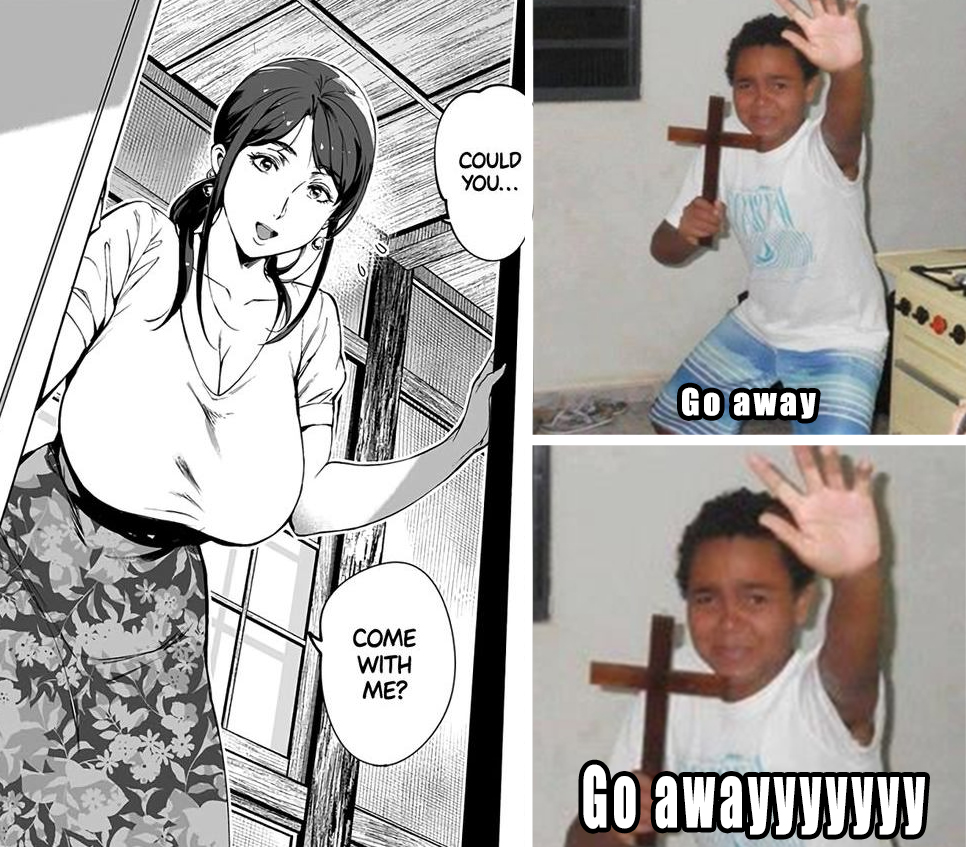Watching a shonen anime is one thing, but getting enamored with stunning anime designs, a compelling narrative, and engaging combat design is another. Bleach excels in all these aspects.
This action-packed shonen series follows Ichigo Kurosaki, an ordinary high school student who is thrust into the supernatural world when he temporarily gains the powers of a Shinigami or Soul Reaper. With his Zanpakuto and newfound abilities, Ichigo must battle various supernatural threats to protect the mortal world.
What sets Bleach apart from other shonen anime is its unique supernatural aesthetic, making it highly appealing to fans seeking a weekly dose of excitement. For those eagerly awaiting the anime adaptation of the manga’s final arc, there are several other anime that share similarities with Bleach.
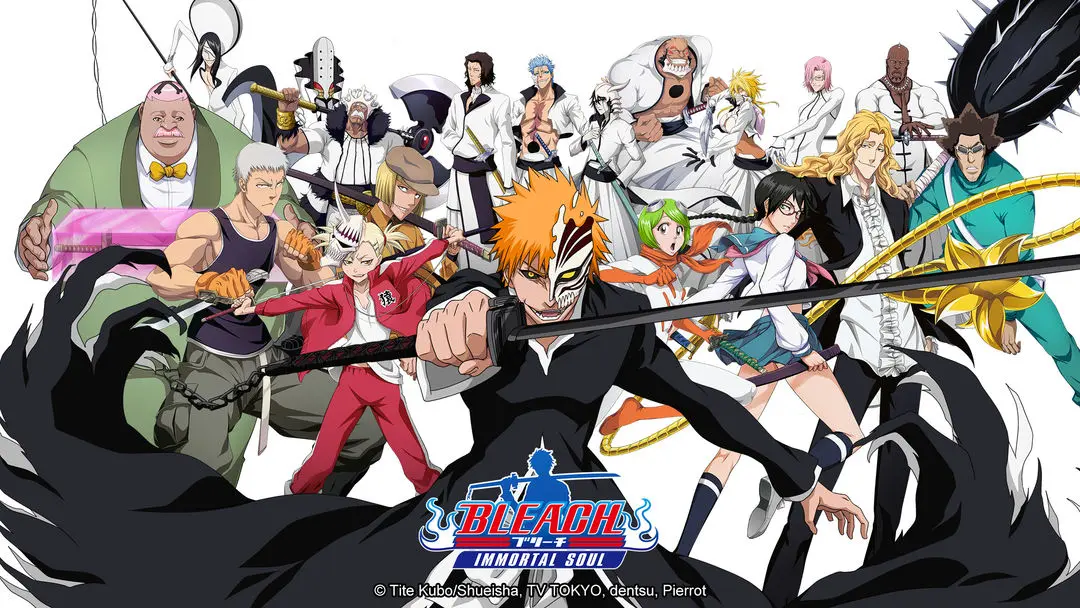
With the third and final part of Bleach’s Thousand Year Blood War arc scheduled for a 2024 release, fans of Tite Kubo’s acclaimed series looking for similar adventures to Ichigo’s can find plenty of options. Many anime explores themes of the supernatural, school-based battles, and intricate combat.
Some of these include a baby who inadvertently brings demonic forces into the real world, a teenager who overpowers a demon attempting to possess him in order to combat other demons, people and spirits engaging in a secret war over a wish-granting artifact, demi-humans coexisting and fighting for survival, and uncovering a mystery in one of Japan’s most densely-populated areas. All of these anime are featured in this latest update.
About Bleach
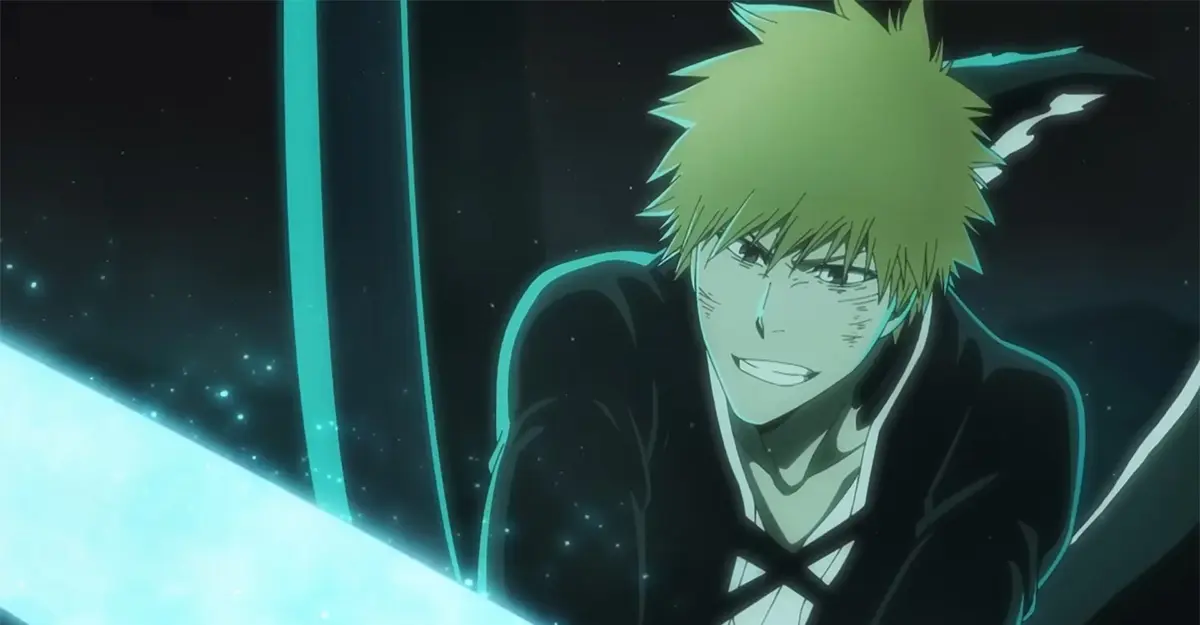
“Bleach” is a Japanese anime and manga series created by Tite Kubo. The manga was serialized in Shueisha’s “Weekly Shonen Jump” magazine from August 2001 to August 2016, compiling 74 volumes in total. The anime adaptation, produced by Studio Pierrot, aired from October 2004 to March 2012, with a total of 366 episodes. “Bleach” has been widely popular, spawning movies, video games, light novels, and other merchandise.
“Bleach” centers around Ichigo Kurosaki, a high school student with the ability to see ghosts. His life changes dramatically when he meets Rukia Kuchiki, a Soul Reaper (Shinigami) tasked with protecting the living world from evil spirits known as Hollows.
During an encounter with a powerful Hollow, Rukia is injured and transfers her powers to Ichigo. This event forces Ichigo to take on the responsibilities of a Soul Reaper, defending humans from Hollows and guiding departed souls to the afterlife, known as the Soul Society.
As the series progresses, Ichigo learns about the intricate balance between the human world, the Soul Society, and Hueco Mundo (the world of the Hollows). He uncovers various secrets about his own heritage, the true nature of the Soul Reapers, and the looming threats from powerful antagonists, including renegade Soul Reaper Sosuke Aizen and the fearsome Quincy king, Yhwach.
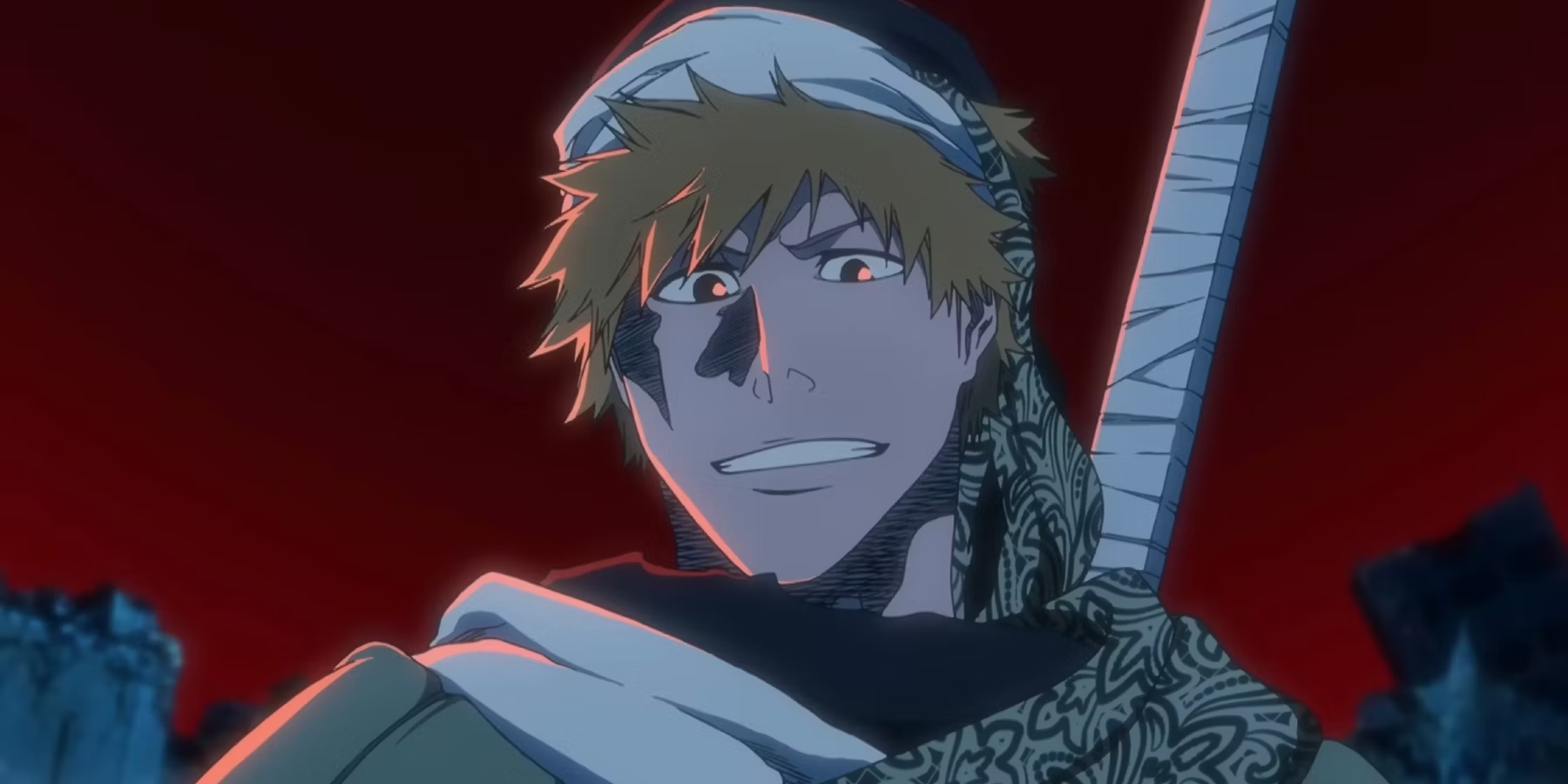
Main Characters
- Ichigo Kurosaki: The protagonist with the ability to see ghosts. After gaining Soul Reaper powers, he becomes central to protecting the balance between worlds.
- Rukia Kuchiki: A noble Soul Reaper who initially transfers her powers to Ichigo. She becomes a key ally and guide to him.
- Orihime Inoue: Ichigo’s classmate with healing abilities and a strong affection for him.
- Yasutora “Chad” Sado: Ichigo’s friend with supernatural strength and a sense of justice.
- Uryu Ishida: A Quincy, descended from a line of Hollow-hunting humans with a complex history with the Soul Reapers.
- Sosuke Aizen: Initially a high-ranking Soul Reaper, he reveals himself as a major antagonist with plans to overthrow the Soul Society.
- Yhwach: The final main antagonist, leader of the Quincy, and a god-like figure aiming to remake the world.
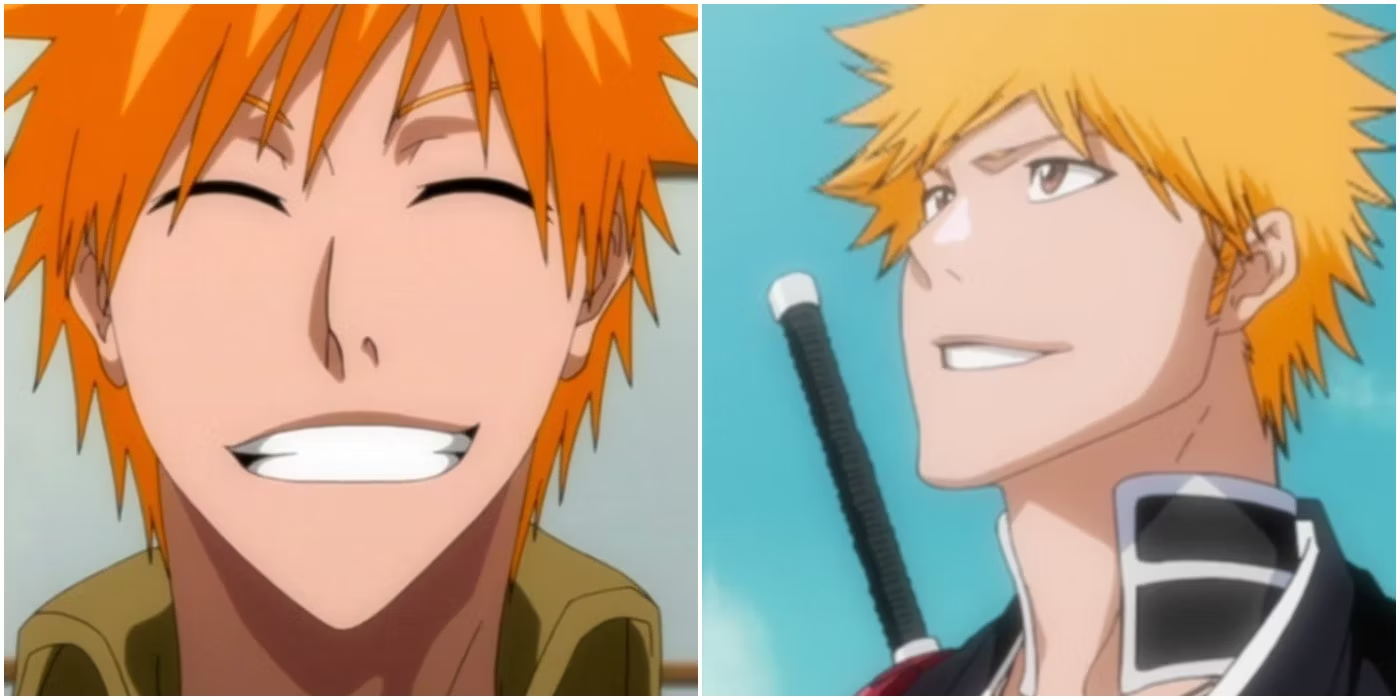
“Bleach” explores themes of duty, honor, and the struggle between good and evil. It goes into the concepts of life, death, and the afterlife, often questioning the morality and politics of the Soul Society. The series is known for its extensive cast of characters, each with unique abilities and backstories, which are gradually explored throughout the narrative.
The art style of “Bleach” is distinctive, with Tite Kubo’s clean lines and stylish character designs contributing to its popularity. The battle scenes are dynamic and often feature elaborate special abilities, known as Zanpakuto (Soul Reapers’ swords) releases and Quincy’s spiritual weapons.

The “Bleach” anime is notable for its high-quality animation and faithful adaptation of the manga, though it includes several filler arcs not present in the original material. These filler episodes received mixed reactions, with some praised for their creativity and others criticized for disrupting the main storyline’s pacing.
The series’ music, composed primarily by Shiro Sagisu, is highly regarded, featuring a blend of rock, orchestral, and electronic elements that enhance the series’ tone. The opening and ending themes, performed by various artists, became iconic and contributed to the show’s popularity.
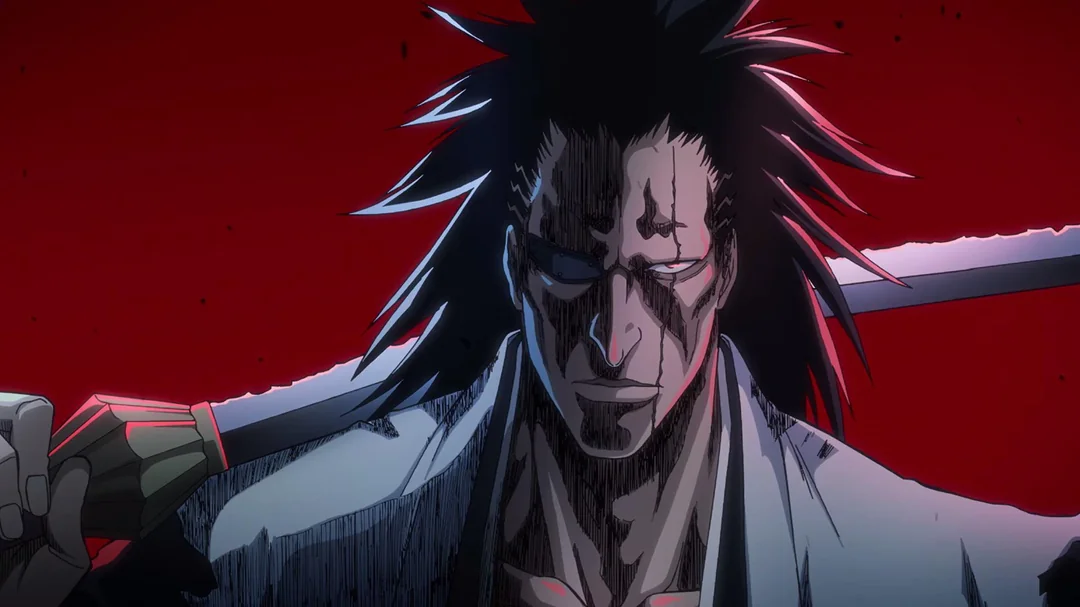
“Bleach” was a major hit during its run, contributing significantly to the global popularity of anime and manga. It received various awards and accolades, and despite some criticism regarding its length and pacing, it remains a beloved series. The anime’s return in 2021 to adapt the final arc, “Thousand-Year Blood War,” has reignited interest and introduced the series to a new generation of fans.
“Bleach” is a landmark series in the anime and manga world, known for its rich storytelling, compelling characters, and unique blend of action and supernatural elements. Its impact on the genre and its enduring popularity attest to its significance in Japanese pop culture. Whether you’re a long-time fan or new to the series, “Bleach” offers an engaging and epic adventure that continues to excite audiences worldwide.
12. Solo Leveling
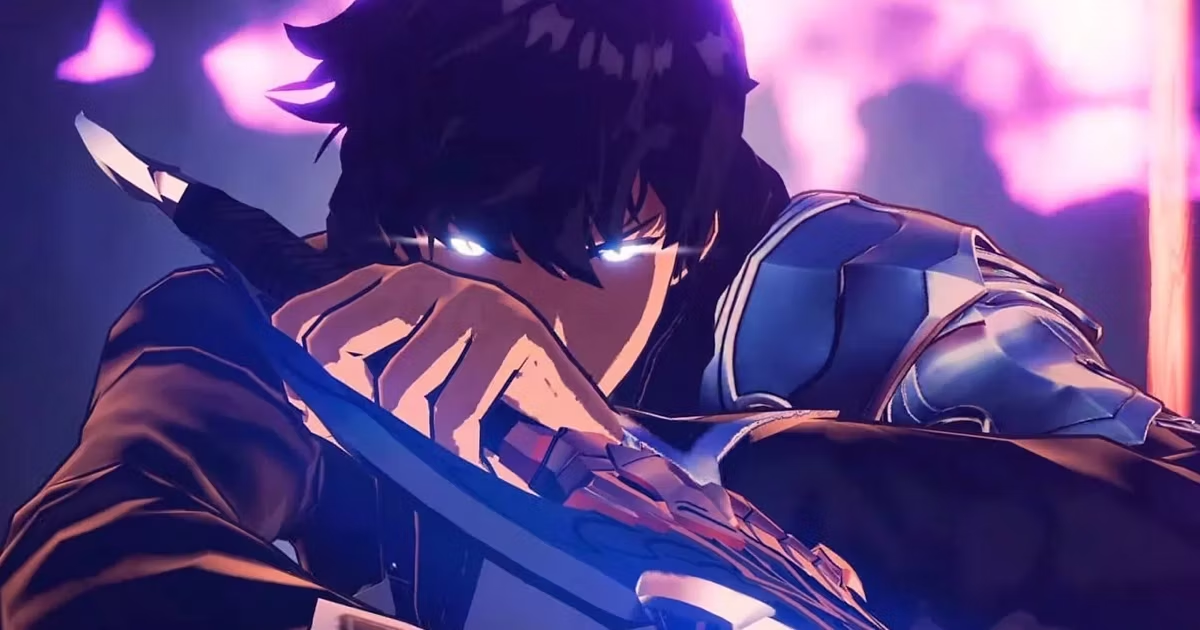
Solo Leveling, arguably the most anticipated anime of Winter 2024, lived up to its hype and then some. A-1 Pictures spared no effort in delivering an adaptation that faithfully captures the essence of the source material, resulting in an action-packed series that stands shoulder-to-shoulder with the best in the market.
Narratively, Solo Leveling strikes a balance between complexity and simplicity. While the world brims with nuanced details, at its core, the story is a gripping power fantasy following Sung Jin-woo’s evolution from weakest to mightiest hunter.
Focused primarily on exhilarating battles, the anime dazzles viewers with fast-paced action sequences that consistently push the boundaries of the protagonist’s capabilities, making for a visually stunning spectacle.
“Solo Leveling,” also known as “I Level Up Alone” or “Na Honjaman Level Up” in Korean, is a popular South Korean web novel written by Chugong. The series was serialized on the KakaoPage platform and later adapted into a webtoon (digital comic) illustrated by Jang Sung-rak (also known as Dubu) from Redice Studio.
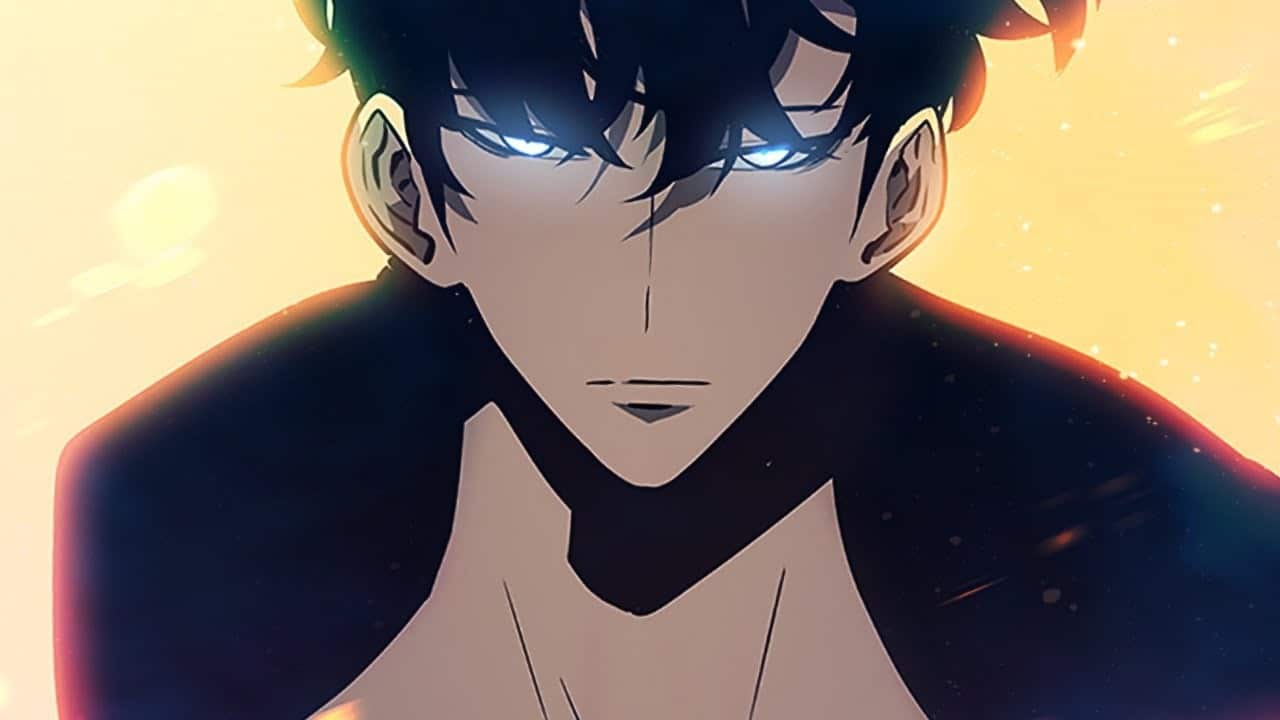
The webtoon adaptation first appeared in 2018 and quickly garnered a massive following, becoming one of the most beloved series in the manhwa (Korean comics) community. In 2021, a Japanese light novel and an anime adaptation were announced, further expanding its global reach.
“Solo Leveling” is set in a world where portals, known as “Gates,” connect the real world to dimensions filled with monsters. Individuals known as “Hunters” possess special abilities that allow them to combat these creatures and close the Gates. The protagonist, Sung Jin-Woo, is initially known as the “Weakest Hunter,” a title reflecting his E-rank status, the lowest among Hunters.
Jin-Woo’s life takes a dramatic turn during a particularly dangerous dungeon raid where he and his party are betrayed by the dungeon’s unexpected difficulty. Left for dead, Jin-Woo awakens to find himself the recipient of a mysterious “System” that grants him the unique ability to level up, a power akin to a role-playing game character.
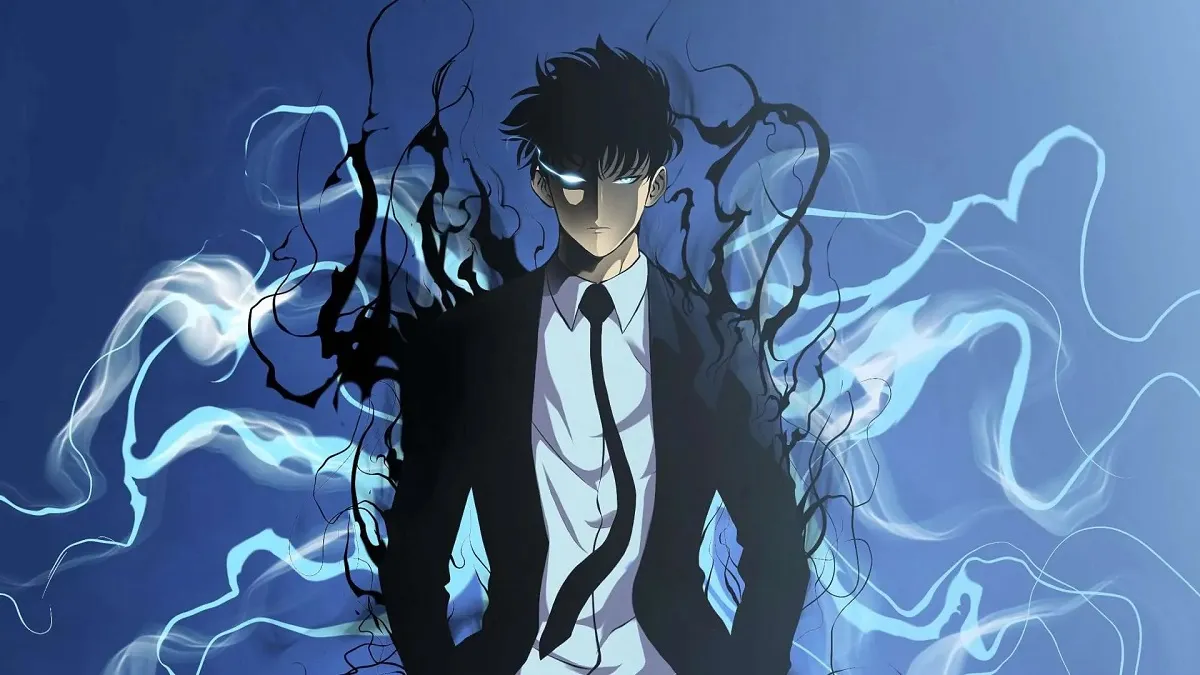
This new ability allows him to grow stronger at an unprecedented rate, transforming from the weakest Hunter into the world’s most powerful Hunter, capable of facing the highest-ranking threats.
“Solo Leveling” explores themes of personal growth, perseverance, and the pursuit of power. Jin-Woo’s journey from the weakest to the strongest Hunter is a classic underdog story that resonates with many readers. The series goes into the dynamics of strength and weakness, loyalty, and the responsibilities that come with great power.
The artwork in the webtoon is visually striking, with detailed character designs and dynamic action scenes. The illustrations by Dubu enhance the narrative, providing a vivid and engaging visual experience that complements the story’s intense battles and emotional moments.
The series excels in its world-building, creating a rich and immersive environment where Hunters, Gates, and monsters coexist. The hierarchy of Hunters ranked from E to S, adds a layer of social structure and tension. The various types of Gates and dungeons introduce diverse challenges and settings, keeping the story fresh and exciting.

Additionally, the concept of the System, which functions like a game interface for Jin-Woo, adds an innovative twist to the traditional fantasy narrative.
The webtoon adaptation of “Solo Leveling” has been immensely successful, praised for its high-quality art and faithful adaptation of the original novel. The announcement of an anime adaptation has been met with enthusiasm from the fanbase, eager to see Jin-Woo’s journey animated.
The series has received critical acclaim for its storytelling, character development, and engaging plot twists. Its popularity has led to translations into multiple languages, making it accessible to a global audience. “Solo Leveling” has also been credited with boosting interest in the manhwa genre, attracting new readers and fans.

“Solo Leveling” stands out as a nice blend of action, fantasy, and adventure, with a compelling underdog story at its heart. Sung Jin-Woo’s transformation from the weakest Hunter to the strongest is both inspiring and thrilling, making the series a must-read for fans of the genre.
Its detailed world-building, dynamic art, and well-developed characters ensure that “Solo Leveling” remains a significant and influential work in webtoons and light novels. Whether you are new to the series or a long-time fan, “Solo Leveling” offers an epic and unforgettable journey.
11. Chainsaw Man
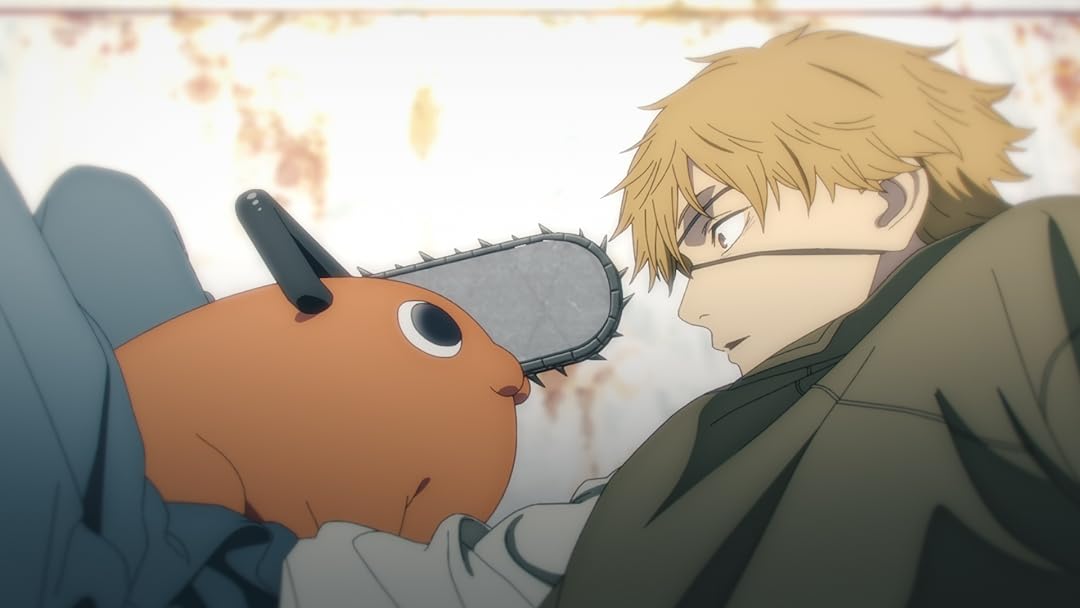
Despite facing lofty expectations, Chainsaw Man, one of the most hyped anime of 2022, managed to deliver a solid first season, setting the stage for future installments. In this universe, Devils materialize from human emotions, posing a significant threat to society. To combat them, the Public Safety Division hunts these dangerous creatures, albeit with perilous consequences for its members.
At death’s door, Denji merges with his Devil companion, transforming into the formidable Chainsaw Man and gaining a newfound lease on life. Joining the Public Safety Division, Denji tooks on a journey of self-discovery and violence, navigating a world teeming with danger and intrigue.
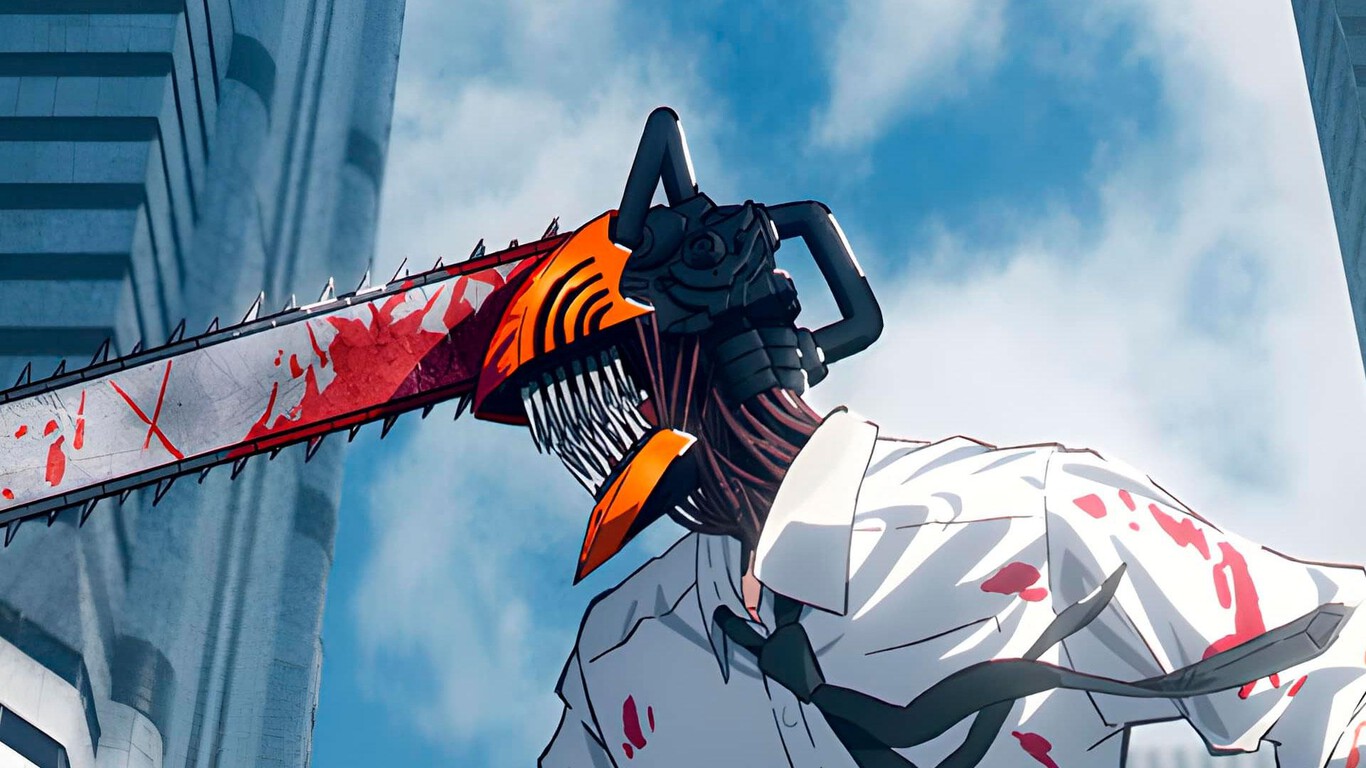
“Chainsaw Man” is a Japanese manga series written and illustrated by Tatsuki Fujimoto. Serialized in Shueisha’s Weekly Shōnen Jump magazine from December 2018 to December 2020, it quickly became a standout title, praised for its unique storytelling, compelling characters, and unflinchingly dark themes.
The series has been collected into multiple tankōbon volumes, which have been widely distributed and translated into various languages, significantly boosting its international popularity.
The narrative of “Chainsaw Man” is centered around Denji, a young man burdened with a colossal debt left behind by his deceased father. To repay this debt, Denji works as a devil hunter, killing devils for money alongside his pet devil Pochita, who also serves as his chainsaw weapon.
However, his life takes a drastic turn when he is betrayed and killed by the yakuza he works for. In a heart-wrenching moment, Pochita merges with Denji, reviving him as a hybrid of human and devil. Denji gains the ability to transform parts of his body into chainsaws, and he is reborn as Chainsaw Man.
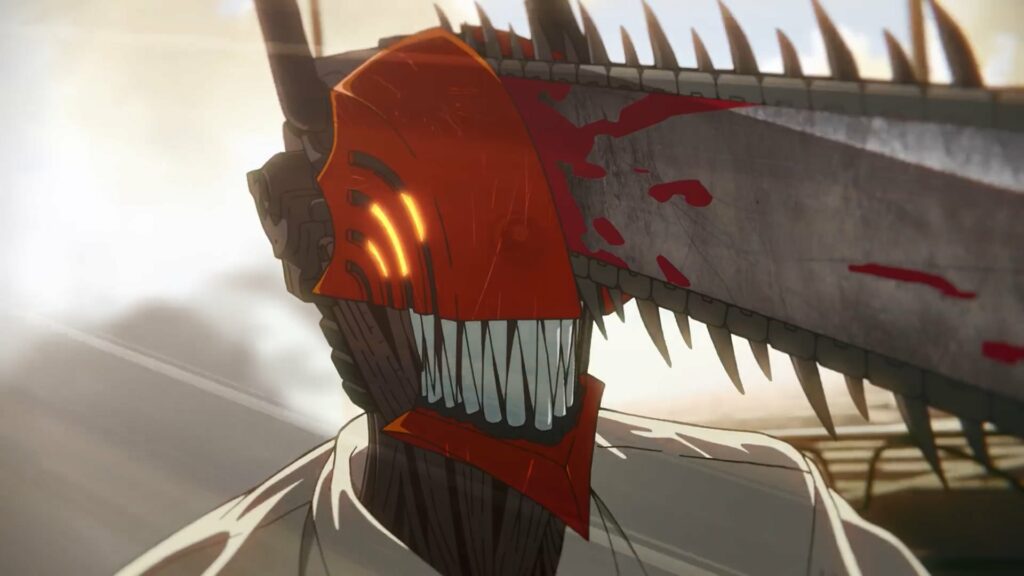
The story’s progression is both frenetic and poignant. Denji’s transformation marks the beginning of a tumultuous journey filled with visceral battles, grotesque enemies, and a quest for basic human desires.
His motivations are simple yet profound, driven by his longing for a better life, including the mundane pleasures of good food, a warm bed, and romantic experiences. This grounding in everyday desires contrasts sharply with the extreme violence and supernatural elements that pervade the series.
Fujimoto’s writing excels in creating a world that is grim yet absurdly humorous. The series deftly balances horror with dark comedy, often juxtaposing the grotesque with moments of unexpected levity. This tonal balance is a significant factor in the manga’s appeal, keeping readers engaged through its unpredictable and often shocking developments.
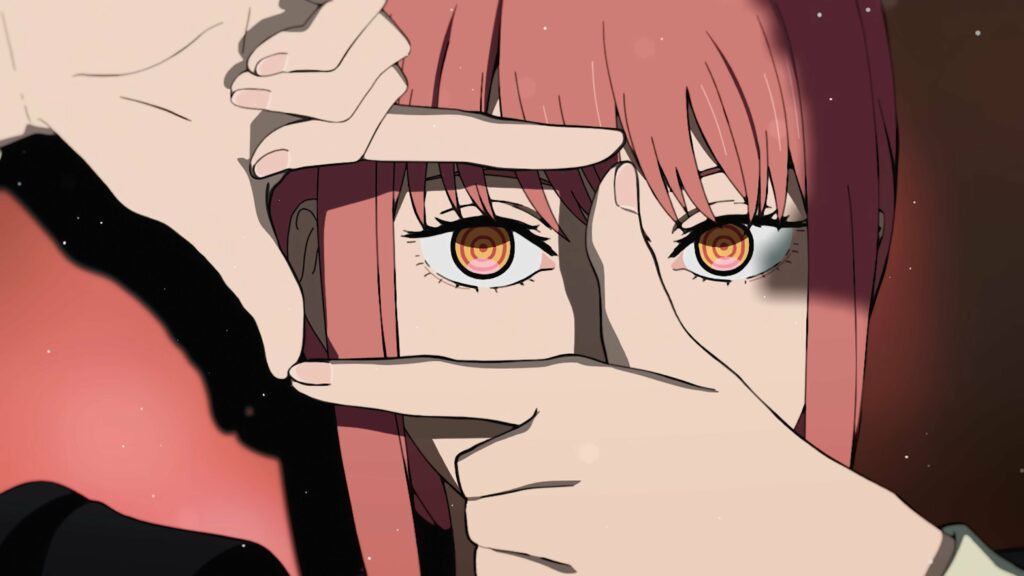
The supporting cast of “Chainsaw Man” is richly diverse and complex. Characters like Makima, Aki Hayakawa, and Power add depth to the narrative, each with their own intricate backstories and motivations. Makima, in particular, is a character shrouded in mystery and manipulation, her true intentions slowly revealing as the story progresses.
Aki, a fellow devil hunter, provides a stark contrast to Denji’s reckless abandon, offering a more somber perspective on the dangers they face. Power, a devil who becomes Denji’s partner, brings chaotic energy and serves as both a friend and a foil to Denji’s character.
Visually, “Chainsaw Man” is striking and dynamic. Fujimoto’s art style is raw and intense, perfectly capturing the chaotic energy of the series. The action sequences are meticulously detailed and choreographed, making each fight scene both thrilling and visceral. The use of heavy shading and bold lines adds to the series’ dark aesthetic, enhancing the sense of dread and tension that permeates the story.
“Chainsaw Man” also goes into deeper themes, exploring the nature of humanity, the pursuit of happiness, and the inherent darkness within society.
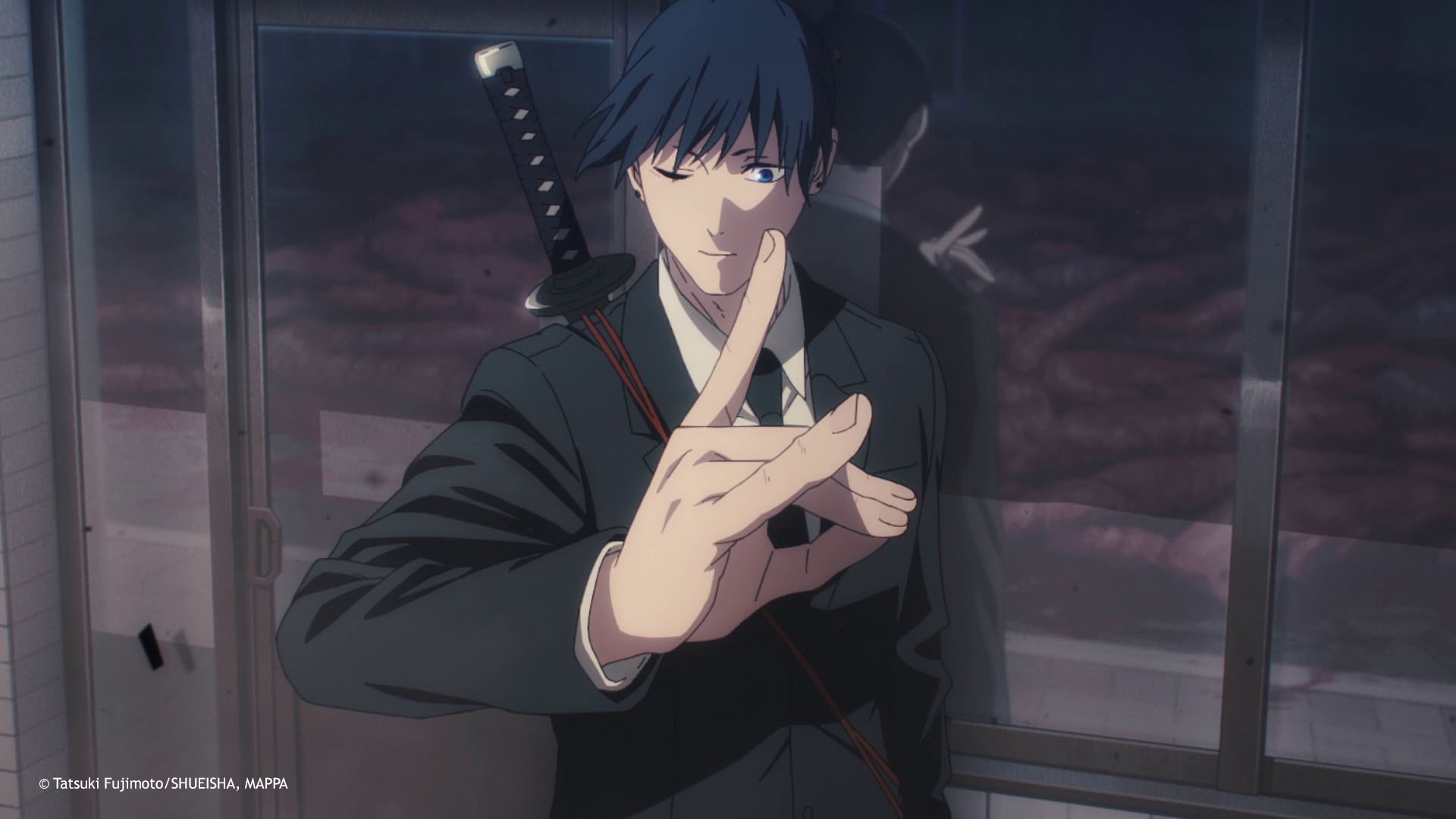
Through Denji’s eyes, readers are invited to question what it means to live a fulfilling life, especially in a world where survival often necessitates violence and moral compromise. The series does not shy away from the bleak realities of its universe, often presenting a cynical view of human nature and the corrupting influence of power.
The manga’s conclusion in December 2020 left a significant impact on its audience, wrapping up major story arcs while leaving room for further exploration. Following the end of the first part, a sequel has been announced, which promises to go even deeper into the complex world Fujimoto has created.
The critical reception of “Chainsaw Man” has been overwhelmingly positive. It has won numerous awards, including the prestigious Shogakukan Manga Award, and has been praised by both fans and critics for its innovative approach to the shonen genre.
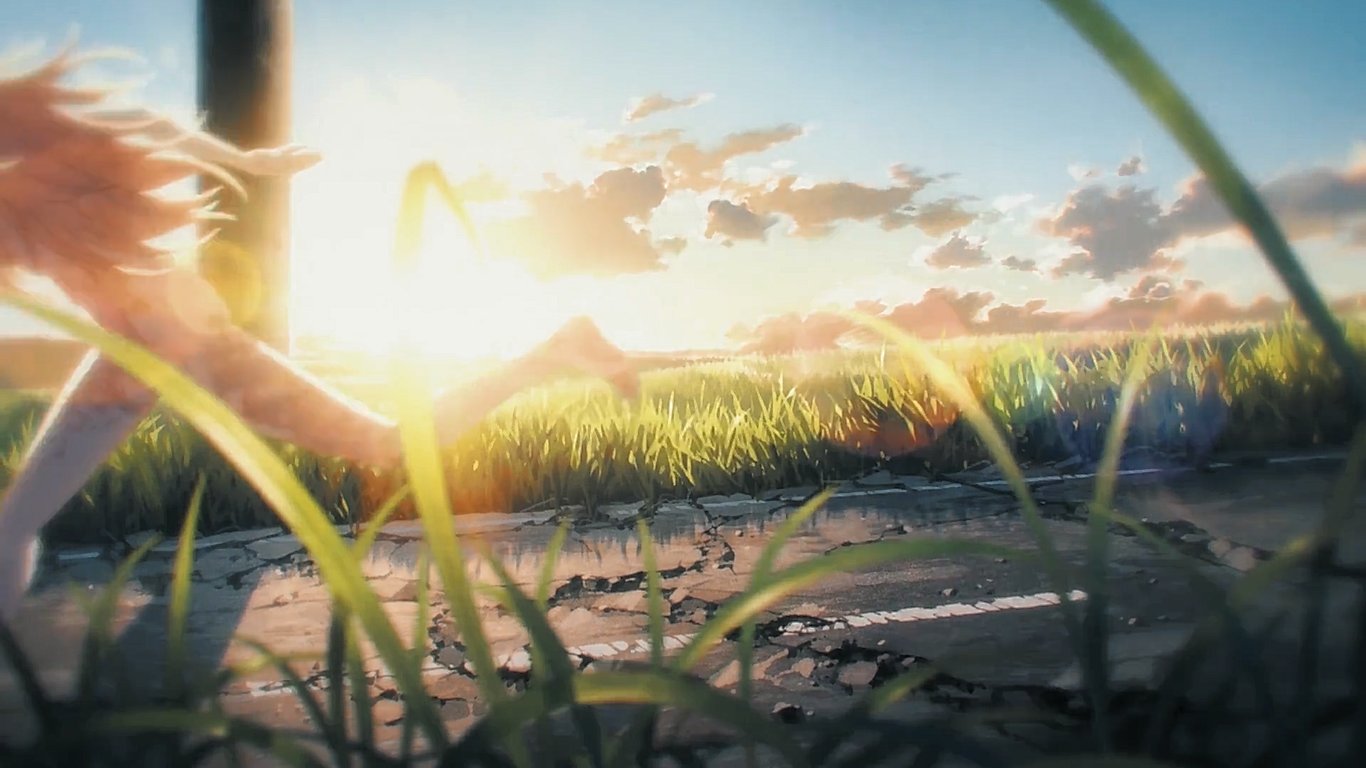
Its adaptation into an anime by MAPPA has only increased its popularity, bringing the story to a broader audience and receiving acclaim for its faithful and high-quality animation.
Chainsaw Man stands out as a remarkable achievement in the manga, offering a blend of horror, dark comedy, and existential reflection that is both unique and compelling. Tatsuki Fujimoto’s masterful storytelling and distinctive art style make it a must-read for manga enthusiasts and a notable entry in contemporary manga literature.
10. Rage of Bahamut
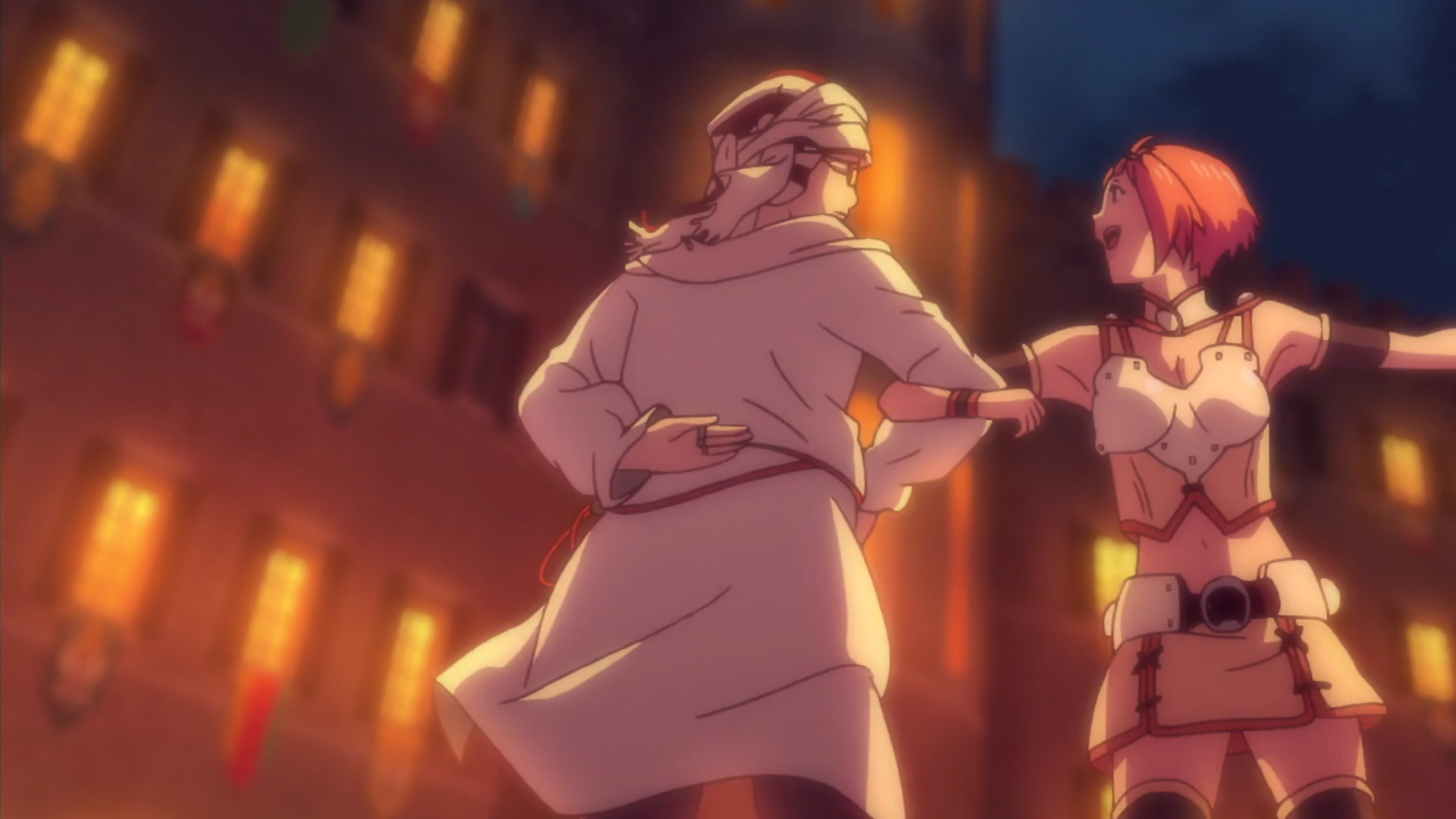
Loosely inspired by a card game, Rage of Bahamut unfolds across two distinct seasons. Genesis presents a traditional action-adventure narrative, following a band of heroes on a journey across a fantastical realm, tackling self-contained tales while pursuing overarching objectives.
In contrast, Virgin Soul shifts focus to a single city, introduces a new protagonist in Nina, and looks deeper into the societal dynamics of its universe. While the first season is often considered superior, both entries offer enjoyable experiences in their own right.
Unlike Demon Slayer, which typically portrays demons as uniformly antagonistic, Rage of Bahamut presents a world where humans, demons, and gods coexist, each with their own shades of morality. Season two particularly emphasizes humanity’s role as aggressors against the demon race, offering a nuanced exploration of good and evil across different factions.
“Rage of Bahamut” is a multimedia franchise originating from a highly successful digital collectible card game (CCG) developed by Cygames. Launched in 2011 for mobile platforms, the game quickly gained immense popularity in Japan and subsequently expanded to international markets.
The game’s success paved the way for the creation of various adaptations and spin-offs, including anime series, which have garnered their own dedicated following.
The franchise’s anime adaptations, particularly “Rage of Bahamut: Genesis” (2014) and its sequel “Rage of Bahamut: Virgin Soul” (2017), are standout entries. These series are known for their high production values, intricate world-building, and engaging storylines, making them significant contributors to the franchise’s acclaim.
“Rage of Bahamut: Genesis” is set in a richly detailed fantasy world where humans, gods, and demons coexist, albeit with ongoing tensions and conflicts. The narrative begins with the introduction of a powerful ancient dragon, Bahamut, who once threatened to destroy the world. This catastrophe was averted by the combined efforts of gods and demons, who sealed Bahamut away, ensuring peace for two millennia.
The plot centers on a bounty hunter named Favaro Leone, whose carefree and roguish demeanor masks his skills and cunning. His life takes an unexpected turn when he encounters Amira, a mysterious woman with the ability to transform into a demon. Amira is on a quest to find her mother, and her journey becomes the crux of the series’ narrative. Favaro reluctantly becomes her guide, driven by his own motivations and a magical curse placed upon him.
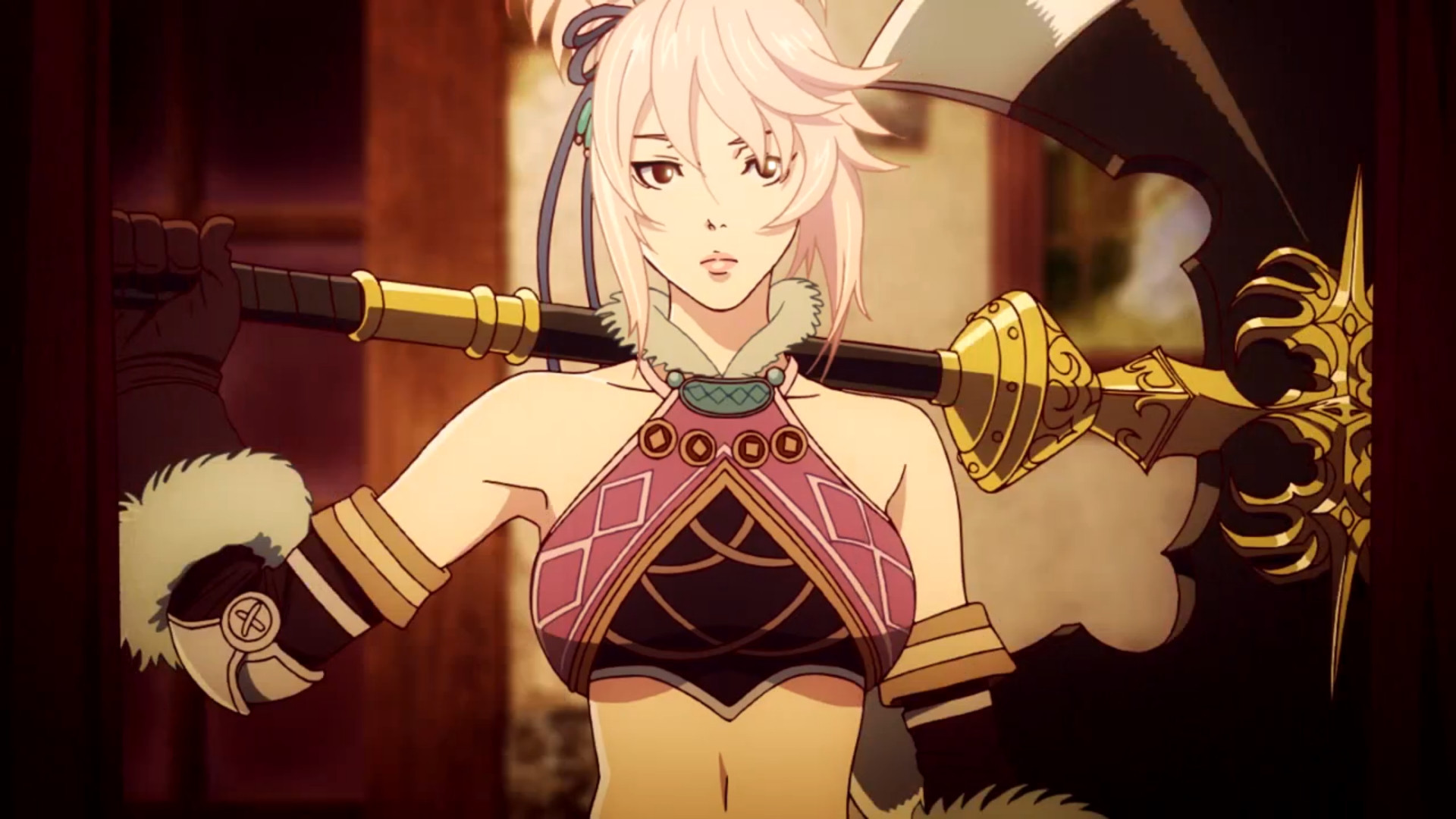
As the story unfolds, more characters join the fray, each with their own intricate backstories and motivations. Kaisar Lidfard, a former knight and Favaro’s rival seek revenge for his father’s death and redemption for his lost honor. Rita, an undead necromancer, provides a unique blend of comic relief and dark commentary. The interplay between these characters, coupled with their individual growth arcs, forms the backbone of the series’ engaging narrative.
The world of “Rage of Bahamut” is vividly brought to life through stunning animation and detailed artwork, courtesy of the renowned animation studio MAPPA. The action sequences are dynamic and fluid, showcasing the high stakes and intensity of the battles.
The series also excels in its atmospheric world-building, with diverse settings ranging from bustling cities and ancient ruins to celestial realms and demonic domains, each meticulously designed to enhance the fantasy experience.
“Rage of Bahamut: Genesis” also explores deeper themes such as the nature of good and evil, the consequences of vengeance, and the complexities of human (and non-human) relationships. The gods and demons in the series are not depicted as monolithic entities but are shown to have their own internal struggles, conflicts, and desires, adding layers of depth to the overarching narrative.
The sequel, “Rage of Bahamut: Virgin Soul,” set ten years after the events of “Genesis,” shifts focus to a new protagonist, Nina Drango, a cheerful and energetic girl who hides a dangerous secret: she can transform into a dragon.
This series goes into the political and social ramifications of the peace brokered after Bahamut’s sealing. The rise of a human-centric regime led by the king, Charioce XVII, introduces themes of oppression and rebellion as humans begin to dominate and subjugate gods and demons.
Nina’s journey intersects with returning characters from “Genesis,” including Favaro and Kaisar, whose lives have drastically changed in the intervening decade.
The sequel continues to explore themes of love, sacrifice, and the struggle for justice in a world teetering on the edge of another catastrophic war. “Virgin Soul” expands the universe established in “Genesis,” providing deeper insights into the complex interplay between the different races and their shifting power dynamics.
The music for both series, composed by Yoshihiro Ike, deserves special mention. The soundtracks blend orchestral and modern elements, enhancing the epic feel of the series and effectively conveying the emotional weight of key scenes.
Critical reception for both “Rage of Bahamut: Genesis” and “Rage of Bahamut: Virgin Soul” has been generally positive. Viewers and critics alike have praised the series for its compelling characters, intricate plotlines, and high-quality animation. The series has been commended for its ability to expand on the relatively simple premise of a card game and develop a rich, immersive narrative that stands on its own.
Rage of Bahamut as an anime franchise offers a nice blend of high fantasy, complex characters, and thought-provoking themes.
The successful transition from a mobile game to a fully-fledged anime series highlights the potential for multimedia storytelling and the expansive world-building that can emerge from such adaptations. Both “Genesis” and “Virgin Soul” are noteworthy contributions to the fantasy genre, providing viewers with a richly textured world and a memorable narrative journey.
9. Claymore

Based on Norihiro Yagi’s shonen manga, Claymore immerses viewers in a world gripped by the constant threat of Yomas, shape-shifting demons terrorizing humanity. To combat these formidable foes, towns and villages enlist the aid of Claymores, skilled knights with half-human, half-Yoma abilities, tasked with eliminating the menace. These warriors, often devoid of emotion, serve their organization with unwavering loyalty.
Enter Clare, a Claymore whose path crosses with that of Raki, an orphaned boy she rescues during a mission. As their journey unfolds, Raki becomes a steadfast companion, inspiring Clare to undergo personal growth and transformation. With impressive production quality by Madhouse and a storyline that evolves from a slow start into a complex and fascinating narrative, Claymore stands as a modest classic within the genre.
“Claymore” is a dark fantasy manga series created by Norihiro Yagi. Serialized in Monthly Shōnen Jump (formerly Weekly Shōnen Jump) from 2001 to 2014, it gained a dedicated fanbase and critical acclaim for its complex characters, intricate world-building, and intense action sequences. The manga was later adapted into a highly regarded anime series in 2007 by studio Madhouse.
Set in a medieval-inspired world plagued by monstrous creatures known as Yoma, “Claymore” follows the story of Clare, a half-human, half-Yoma hybrid warrior known as a Claymore.
These warriors, named after their signature large swords, are employed by a secretive organization to hunt and exterminate Yoma, protecting humanity from their predation. However, the Claymores are feared and ostracized by society due to their inhuman abilities and cold demeanor.
The narrative begins with Clare encountering a young boy named Raki in a village terrorized by Yoma. After witnessing the death of his family at the hands of a Yoma, Raki forms a bond with Clare, who saves him from the brink of death. Despite Clare’s initial reluctance to involve herself with Raki, she takes him under her wing, and their relationship becomes a central focus of the series.
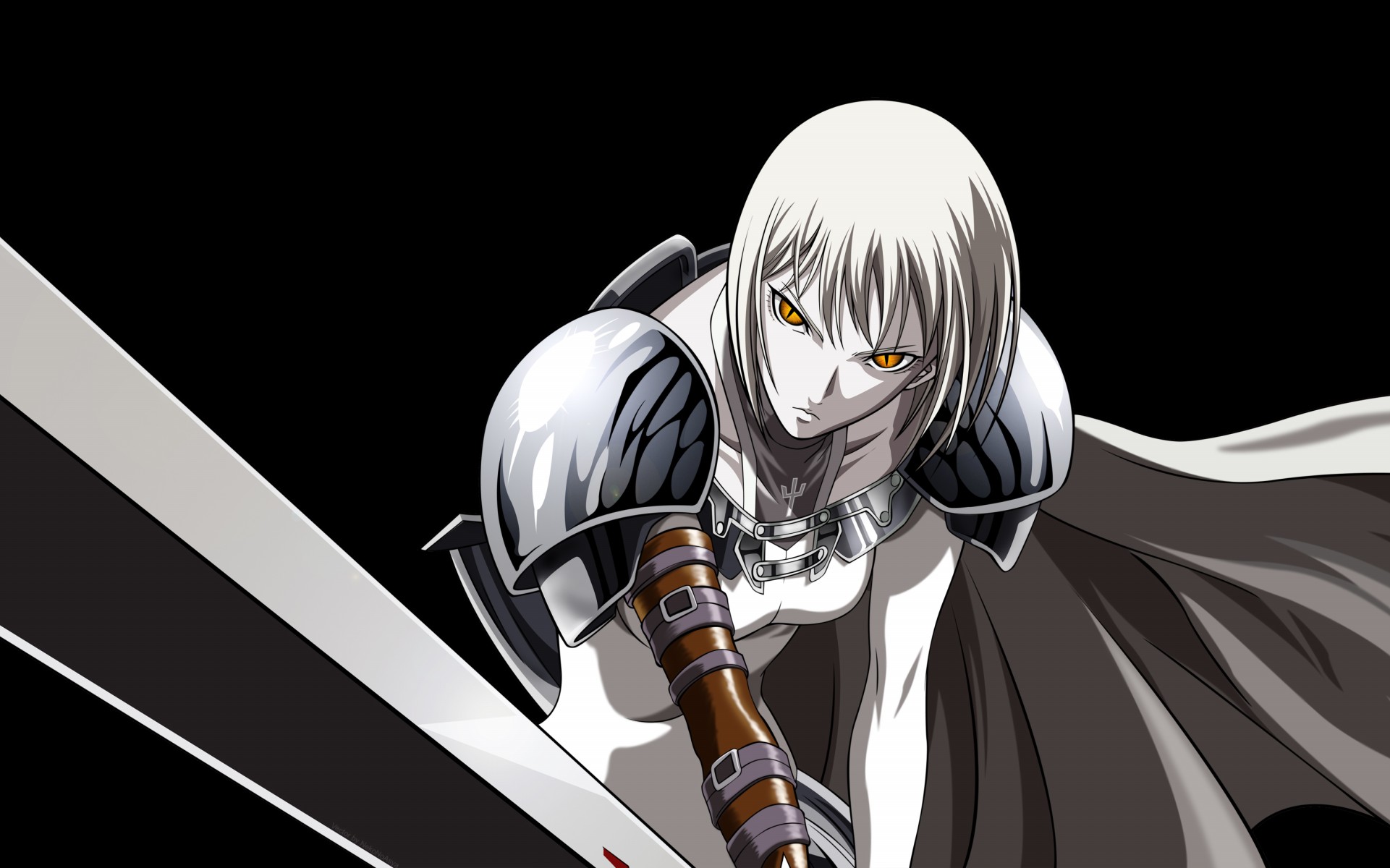
As the story progresses, Clare’s past is gradually revealed through a series of flashbacks, shedding light on her motivations and the traumas that have shaped her. Her quest for vengeance against a powerful Yoma known as Priscilla serves as a driving force, leading her into increasingly perilous battles and encounters with other Claymores, each with their own tragic pasts and personal demons.
One of the strengths of “Claymore” lies in its nuanced character development. Clare is a compelling protagonist, torn between her humanity and her monstrous nature, and her internal struggle is mirrored in the conflicts faced by other Claymores. Characters like Teresa, Miria, and Ophelia provide depth and complexity to the narrative, each grappling with their own moral dilemmas and existential crises.
The world-building in “Claymore” is equally impressive, with detailed lore surrounding the organization that controls the Claymores, the history of the conflict with the Yoma, and the origins of the Claymores themselves. The series explores themes of identity, sacrifice, and the nature of humanity, raising philosophical questions about the blurred lines between good and evil.
Visually, “Claymore” is notable for its detailed artwork and visceral combat scenes. Norihiro Yagi’s illustrations capture the grim atmosphere of the series, with dark and foreboding contrasting with the stark beauty of the Claymores’ silver hair and cold steel. The action sequences are fast-paced and brutal, showcasing the supernatural abilities of the Claymores and the monstrous forms of the Yoma they battle.
The anime adaptation of “Claymore,” produced by Madhouse, faithfully adapts the source material while adding its own visual flair and dramatic pacing. The series received praise for its animation quality, voice acting, and adherence to the manga’s storyline. However, some fans noted that the anime’s ending diverges from the manga’s conclusion, leading to a more ambiguous resolution.
Claymore is a standout entry in the dark fantasy genre, offering a compelling mix of action, drama, and psychological depth. Norihiro Yagi’s intricate storytelling and evocative artwork create a richly realized world populated by memorable characters and epic battles. Whether experienced through the manga or the anime adaptation, “Claymore” is sure to leave a lasting impression on fans of fantasy and manga alike.
8. Blue Exorcist
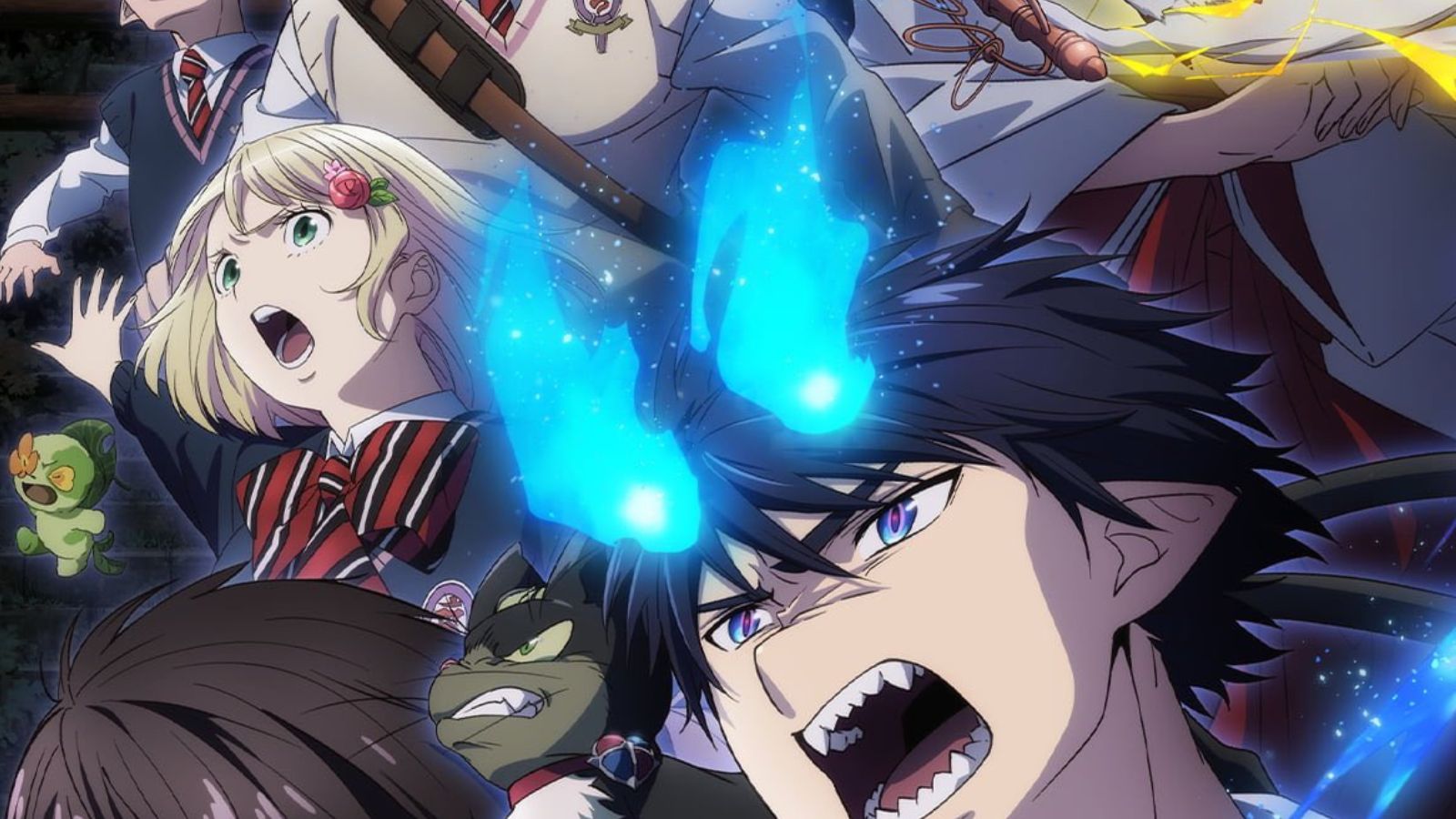
Blue Exorcist unfolds in the modern era, featuring a clandestine academy where teenagers are trained in the art of demon exorcism. Rin, the protagonist, faces a unique struggle as the son of the devil, navigating a society that views him with suspicion and disdain despite his earnest desire to combat demons alongside his peers.
As Rin grapples with his demonic heritage and the expectations placed upon him, the series looks into themes reminiscent of Harry Potter and Demon Slayer. Will Rin succumb to the dark powers within him, or will he rise to become the hero he aspires to be?
While Rin takes center stage, Blue Exorcist boasts a diverse cast of characters, each with their own complexities and motivations. Much like Demon Slayer’s Hashira, the anime dedicates ample time to exploring the lives and struggles of these exorcists, enriching the narrative with dynamic relationships and fascinating character dynamics.
“Blue Exorcist,” also known as “Ao no Exorcist,” is a popular manga series created by Kazue Kato. Serialized in Jump Square magazine since April 2009, it has garnered a devoted fanbase and received critical acclaim for its engaging characters, intricate world-building, and dynamic storytelling. The manga has been adapted into multiple anime series, films, and light novels, further expanding its universe and appeal.
The story of “Blue Exorcist” follows Rin Okumura, a teenage boy who discovers that he is the son of Satan, the ruler of the demonic realm Gehenna, and a human woman. After the death of his foster father, Rin vows to become an exorcist and defeat his father, who killed his adoptive parent and threatened the safety of humanity.
Rin enrolls in True Cross Academy, a prestigious school for exorcists, along with his twin brother Yukio, who is already an accomplished exorcist. Despite his demonic heritage, Rin is determined to prove himself and become a powerful exorcist in his own right. Alongside his classmates and friends, Rin goes on various missions to exorcise demons and protect the world from supernatural threats.
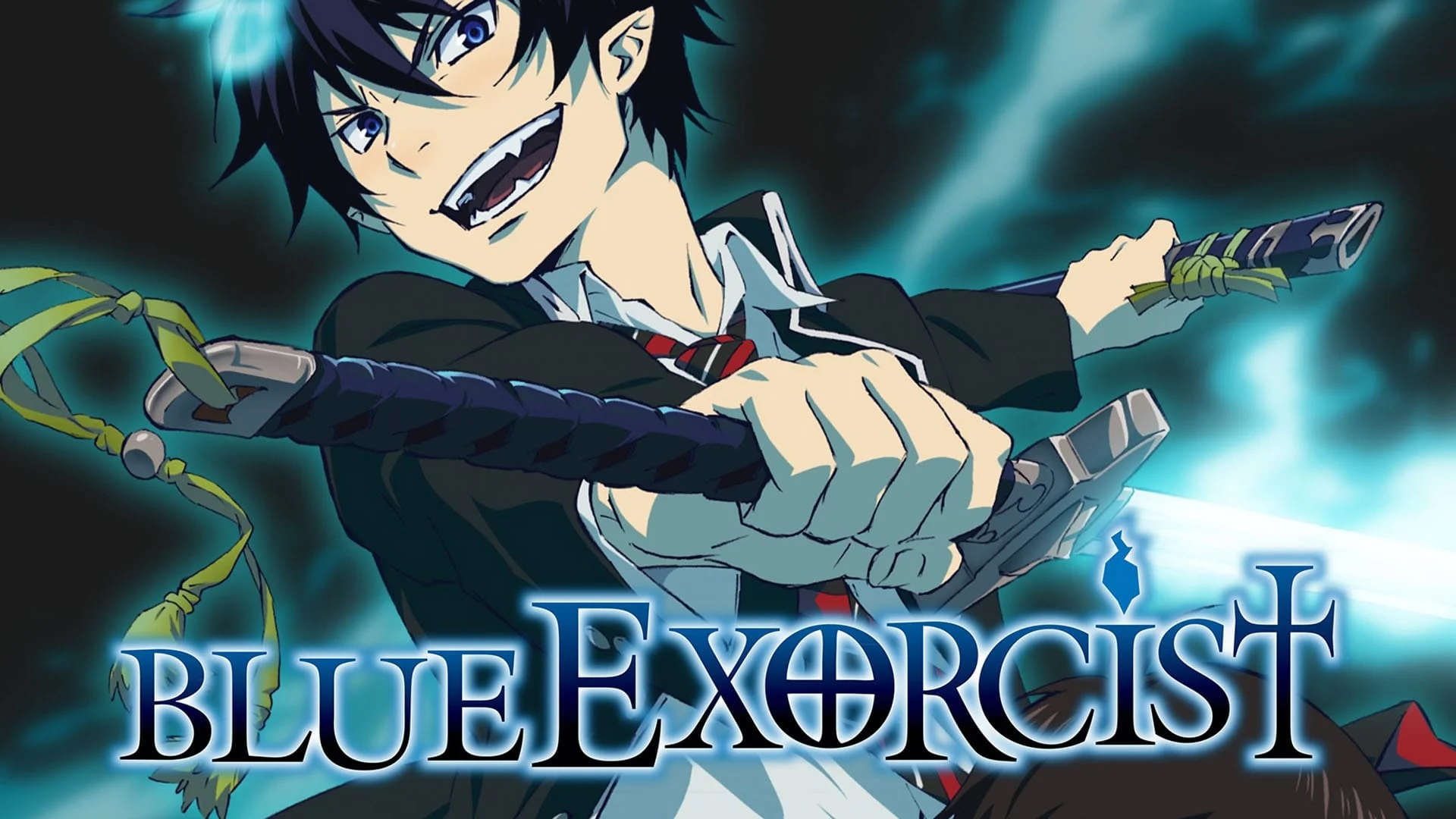
One of the highlights of “Blue Exorcist” is its diverse and well-developed cast of characters. Rin is a relatable protagonist, struggling with his identity and the weight of his destiny, yet possessing a strong sense of justice and loyalty to his friends. Yukio serves as a foil to Rin, embodying discipline and pragmatism, while harboring his own secrets and insecurities.
The supporting characters in “Blue Exorcist” are equally compelling, each with their own unique abilities, quirks, and backstories.
Characters like Shiemi Moriyama, a shy and compassionate girl with a talent for gardening, and Ryuji Suguro, a hot-headed exorcist-in-training with a grudge against demons, add depth and diversity to the cast. The relationships between the characters, particularly the bond between Rin and his classmates, are central to the series’ emotional core.
The world-building in “Blue Exorcist” is rich and imaginative, blending elements of Japanese folklore, Christian mythology, and modern urban fantasy. The True Cross Academy serves as a hub for exorcist activity, with its sprawling campus and hidden secrets. The series explores the hierarchy and politics of the exorcist world, including the conflict between the Order of the True Cross and the forces of Gehenna.
Visually, “Blue Exorcist” is stunning, with detailed artwork and dynamic action sequences. Kazue Kato’s illustrations bring supernatural creatures and magical battles to life, capturing the intensity and spectacle of exorcist combat. The anime adaptations, produced by A-1 Pictures, faithfully recreate the manga’s vibrant aesthetic and kinetic energy, enhancing the experience with fluid animation and expressive character designs.
In addition to its action-packed storyline, “Blue Exorcist” goes into deeper themes such as family, identity, and the nature of good and evil.
Rin’s struggle to reconcile his demonic heritage with his desire to do good is a central theme, as he grapples with the legacy of his father and the expectations placed upon him by society. The series explores the complexities of morality and redemption, challenging traditional notions of heroism and villainy.
Blue Exorcist” is a standout example of the shonen genre, offering a compelling blend of supernatural adventure, heartfelt drama, and thought-provoking themes. Kazue Kato’s masterful storytelling and striking artwork make it a must-read (or watch) for fans of action-packed manga and anime.
Whether experienced through the original manga or its various adaptations, “Blue Exorcist” is sure to leave a lasting impression on audiences around the world.
7. Fullmetal Alchemist: Brotherhood

Fullmetal Alchemist: Brotherhood serves as a reboot of the original anime adaptation, steering back to the manga’s storyline. Set in a fascinating world with steampunk elements, where alchemy is real and a corrupt government seeks to exploit it for world domination, the series revolves around the journey of two brothers, Ed and Al.
After a disastrous alchemical experiment costs them dearly, Ed and Al look on a quest to rectify their past mistakes and the mysteries surrounding forbidden alchemy. With its intricately crafted world and compelling characters,
Fullmetal Alchemist: Brotherhood offers a gripping blend of action, drama, and intrigue. As the faithful adaptation of the manga, it has garnered widespread acclaim and is highly recommended for both fans and newcomers alike.
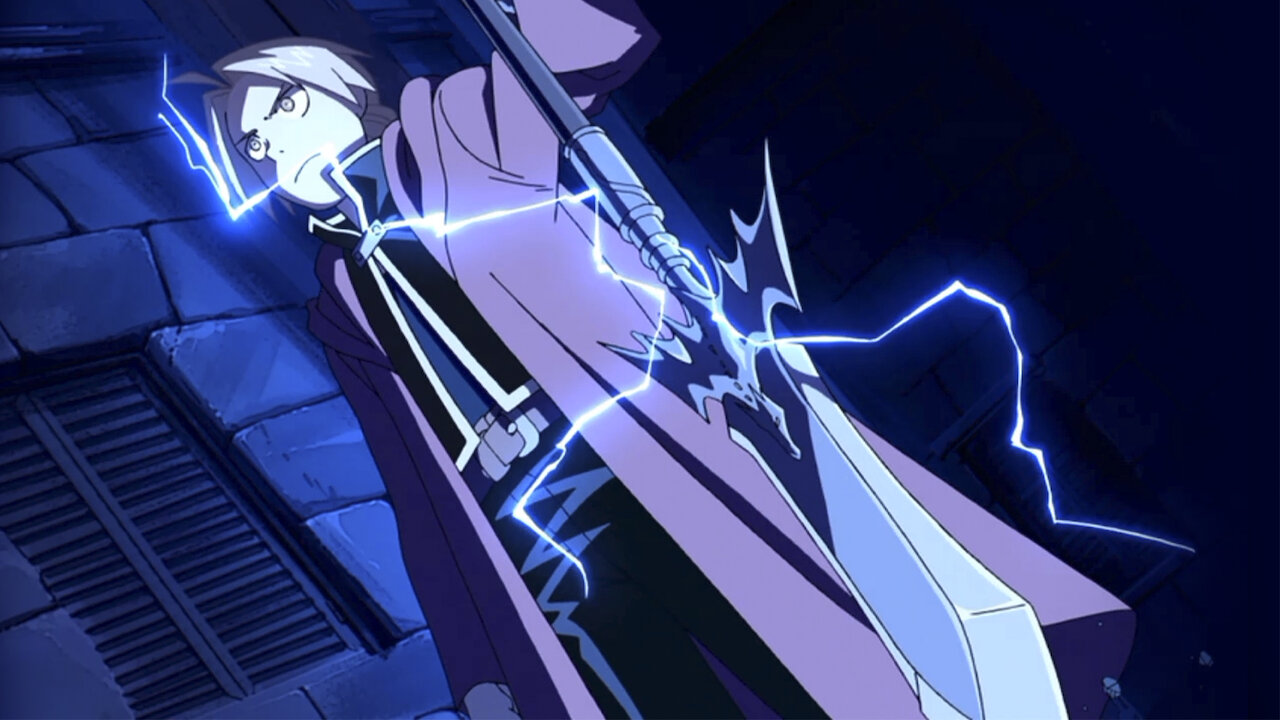
“Fullmetal Alchemist: Brotherhood” is not just an anime; it’s a masterpiece that has left an indelible mark on the genre and storytelling as a whole. Adapted from Hiromu Arakawa’s manga of the same name, “Brotherhood” serves as a faithful retelling of the original story, following the journey of the Elric brothers, Edward and Alphonse, in their quest to restore their bodies after a failed alchemical experiment.
Set in a world where alchemy is a scientific practice, “Fullmetal Alchemist: Brotherhood” presents a richly detailed narrative that seamlessly blends elements of fantasy, adventure, and political intrigue.
The story follows Edward and Alphonse Elric, two talented young alchemists who, in a desperate attempt to bring their deceased mother back to life, commit the ultimate taboo of human transmutation. This act results in catastrophic consequences: Edward loses his left leg and right arm, while Alphonse’s entire body is taken, leaving his soul bound to a suit of armor.
Determined to undo their mistake, the brothers go on a journey to find the Philosopher’s Stone, a legendary artifact said to amplify alchemical abilities and bypass the law of equivalent exchange.
Along the way, they uncover a sinister plot involving corrupt officials, shadowy organizations, and the true nature of alchemy itself. As they go deeper into the mysteries of their world, they confront moral dilemmas, face formidable adversaries, and ultimately question the very fabric of existence.
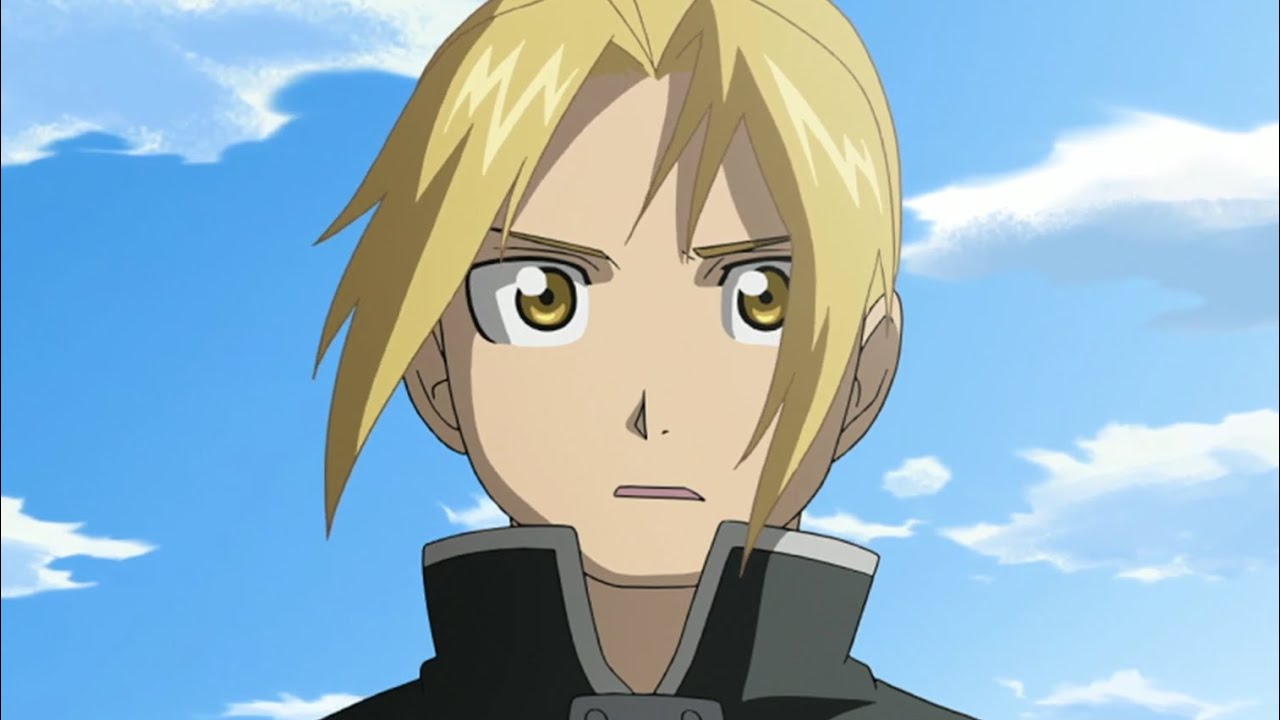
One of the greatest strengths of “Fullmetal Alchemist: Brotherhood” lies in its diverse and well-developed cast of characters. From the resilient and fiercely determined Edward Elric to the gentle-hearted and steadfast Alphonse Elric, each character is imbued with depth, complexity, and relatability.
Whether it’s the enigmatic homunculi, the morally ambiguous Colonel Roy Mustang, or the compassionate Winry Rockbell, every character contributes to the overarching narrative in meaningful ways, driving the plot forward while also undergoing significant personal growth and evolution.
At its core, “Fullmetal Alchemist: Brotherhood” is a story about the human condition, exploring themes such as redemption, sacrifice, the nature of power, and the consequences of hubris.
Through its nuanced storytelling and thought-provoking narrative, the series goes into the complexities of morality and ethics, challenging viewers to contemplate the true cost of ambition and the value of empathy and compassion in a world fraught with conflict and suffering. Moreover, the series addresses universal themes of identity, family, and the pursuit of truth, resonating with audiences on a profound emotional level.
Visually stunning and meticulously animated, “Fullmetal Alchemist: Brotherhood” boasts breathtaking action sequences, dynamic character designs, and vibrant, detailed surfaces that bring the world of Amestris to life.
Studio Bones’ masterful animation perfectly complements the narrative, enhancing key moments of tension, emotion, and spectacle. Additionally, the series features a memorable soundtrack composed by Akira Senju, which skillfully underscores the drama and intensity of each scene, further immersing viewers in the unfolding narrative.
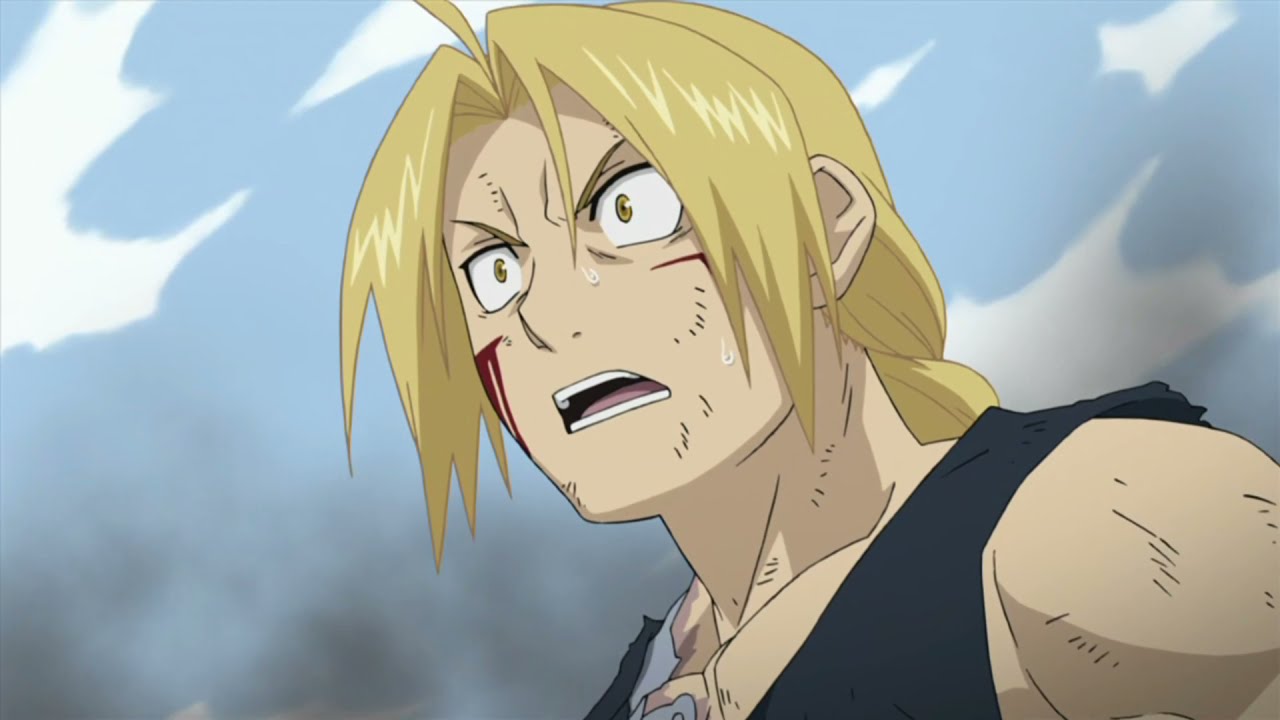
Since its initial release in 2009, “Fullmetal Alchemist: Brotherhood” has garnered widespread acclaim from critics and audiences alike, earning a reputation as one of the greatest anime series of all time.
Its compelling storytelling, well-rounded characters, and thought-provoking themes have solidified its status as a modern classic, influencing subsequent anime and manga works and nice new generations of fans around the world. Moreover, its profound impact extends beyond the realm of anime, transcending cultural boundaries and resonating with viewers of all ages and backgrounds.
Fullmetal Alchemist: Brotherhood is a timeless masterpiece that continues to excite and inspire audiences with its compelling narrative, richly realized world, and unforgettable characters.
With its blend of action, drama, and philosophy, the series offers a poignant exploration of the human experience, leaving a lasting legacy that will endure for years to come. Whether you’re a longtime fan or new to the series, “Fullmetal Alchemist: Brotherhood” is an anime that demands to be experienced, cherished, and celebrated for its profound storytelling and enduring relevance.
6. Fate/Zero

While the Fate series may not share many narrative similarities with Demon Slayer, aside from both being action anime produced by Ufotable, they still make for ideal companion pieces. Fate/Zero and Fate/stay night center around the Holy Grail War, a ruthless battle royale where mages summon heroes from history to vie for supremacy. These series are characterized by their brutality, complexity, and ambiguity in character portrayal.
However, despite their disparate storylines, Demon Slayer and Fate complement each other well due to Ufotable’s remarkable talent for animating visceral and fluid action sequences. Both series showcase the studio’s unparalleled skill in bringing intense battles to life on screen, making them must-watch experiences for fans of action-packed anime.
“Fate/Zero” stands as a cornerstone of the Fate franchise, revered for its intricate plot, complex characters, and stunning animation. Serving as a prequel to the immensely popular visual novel “Fate/stay Night,” “Fate/Zero” is based on a light novel series written by Gen Urobuchi and illustrated by Takashi Takeuchi. It was later adapted into an anime series by studio Ufotable, airing from October 2011 to June 2012.
Set a decade before the events of “Fate/stay Night,” “Fate/Zero” goes into the Fourth Holy Grail War, a secret ritual in which seven mages, or Masters, summon legendary heroes, or Servants, to battle each other for the omnipotent wish-granting device known as the Holy Grail. The story follows an ensemble cast of characters, each with their own motivations and ideologies, as they navigate the treacherous of the war.
At the heart of “Fate/Zero” is the conflict between two main factions: the mages of the Einzbern, Matou, and Tohsaka families, and the independent mage Kiritsugu Emiya. Kiritsugu, a ruthless yet pragmatic assassin, seeks to win the Holy Grail to fulfill his wish of achieving world peace, even if it means sacrificing innocent lives.
His methods clash with those of the other Masters, leading to intense confrontations and moral dilemmas throughout the series. One of the series’ greatest strengths is its character development, as each participant in the Holy Grail War is given depth and complexity.
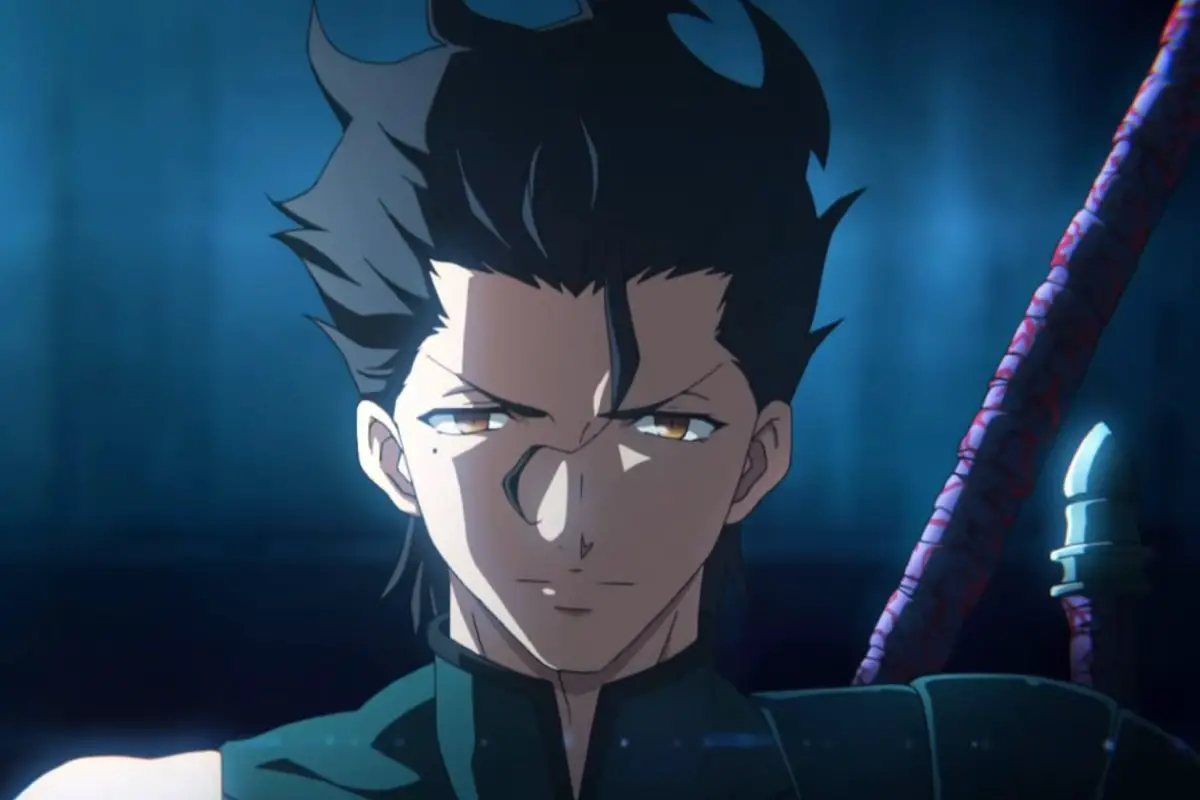
From the stoic Saber, King Arthur’s legendary knight, to the enigmatic Gilgamesh, the ancient king of heroes, the Servants are brought to life through their interactions with their Masters and their own internal struggles. The human Masters, including Kiritsugu, Kirei Kotomine, and Waver Velvet, undergo profound arcs of growth and transformation as they confront their own desires and confrontations.
“Fate/Zero” is also renowned for its philosophical depth and thematic exploration. The series goes into themes such as the nature of heroism, the cost of ambition, and the meaning of sacrifice. Through its morally ambiguous characters and thought-provoking dialogue, “Fate/Zero” invites viewers to ponder the complexities of morality and the consequences of one’s actions.
Visually, “Fate/Zero” is a feast for the eyes, with stunning animation and dynamic action sequences. Studio Ufotable’s use of CGI enhances the spectacle of the battles between the Servants, while the detailed character designs and atmospheric backgrounds contribute to the immersive experience. The series is filled with breathtaking set pieces, from epic clashes between giants to intimate moments of introspection and revelation.
In addition to its compelling narrative and striking visuals, “Fate/Zero” features a haunting and evocative soundtrack composed by Yuki Kajiura. The music enhances the mood and atmosphere of the series, from the grandeur of the battle themes to the melancholy of the character motifs, adding another layer of emotional depth to the story.
Fate/Zero is a masterclass in storytelling and animation, offering a rich and immersive viewing experience that has grabbed audiences around the world. Its complex characters, philosophical themes, and stunning visuals combine to create a modern classic that stands as one of the greatest anime series of all time. Whether you’re a fan of the Fate franchise or new to the series, “Fate/Zero” is sure to leave a lasting impression.
5. Fog Hill of Five Elements
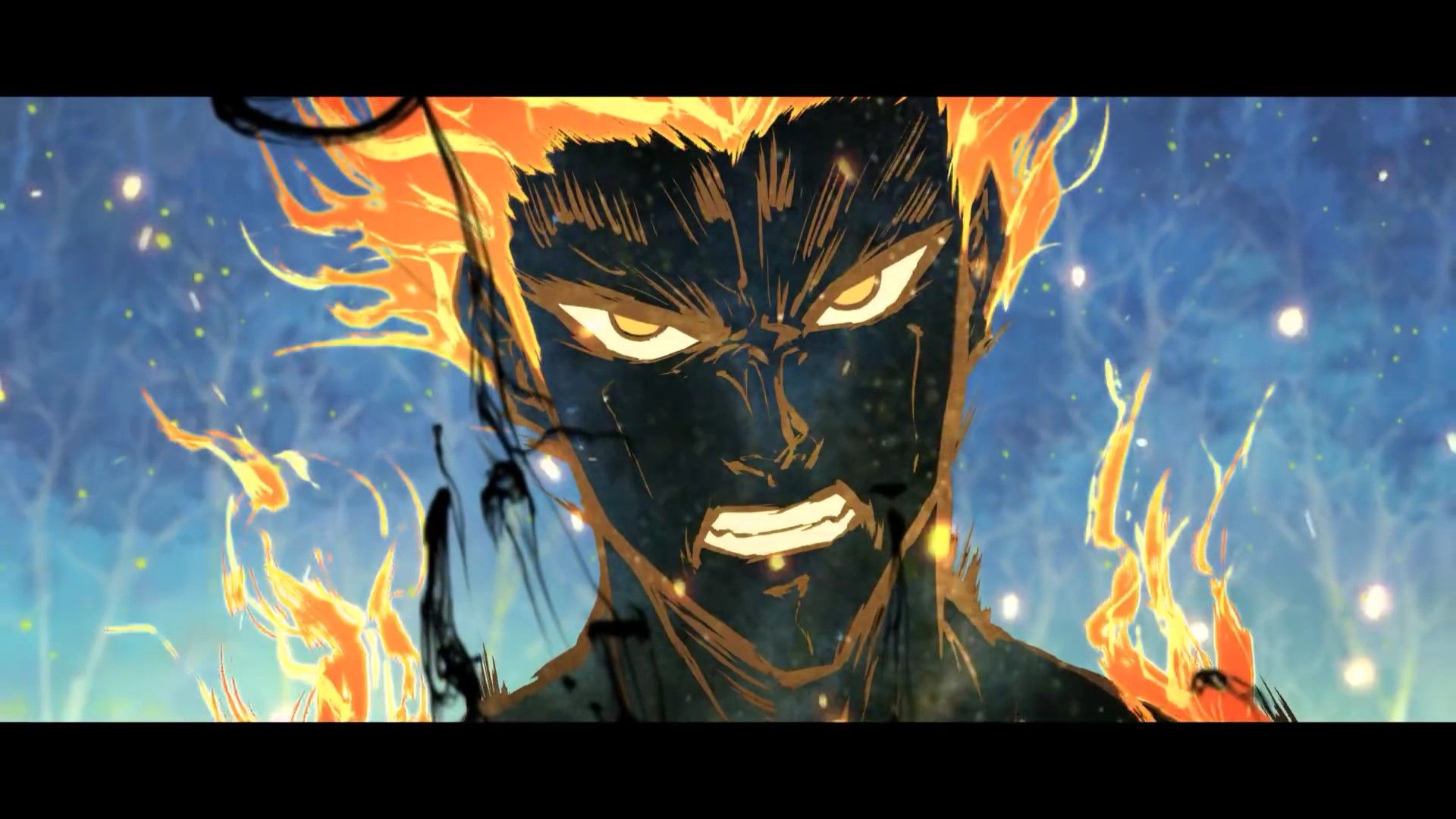
Despite its brevity, the Donghua ONA series, Fog Hill of Five Elements, leaves a lasting impression with its fascinating storytelling. Centered around five martial artists tasked with bridging the gap between the demon and human realms, the series looks into a world of Chinese mythology and martial arts.
Their mission involves harnessing powers acquired from defeating monsters that emerge through gates located on the eponymous mountain. The opening arc effectively introduces the main characters and lays the groundwork for the rich lore of this universe.
While the plot holds its own, Fog Hill of Five Elements truly shines in its animation and fight sequences. Remarkable in both aspects, the web series stands as a testament to exceptional craftsmanship, rivaling even the best moments of Demon Slayer.
“Fog Hill of Five Elements” is a Chinese animated series that has garnered significant attention for its stunning visuals, intricate storytelling, and world-building. Created by Samsara Animation Studio, this fantasy-action series takes viewers on a breathtaking journey through a world where elemental powers reign supreme and ancient conflicts shape the fate of civilizations.
Set in a fictional realm where five elemental forces—metal, wood, water, fire, and earth—coexist in delicate balance, “Fog Hill of Five Elements” follows the story of a group of characters as they navigate through the complexities of their world.
At the heart of the narrative is the conflict between the inhabitants of Fog Hill, a secluded village hidden amidst mist-shrouded mountains, and the tyrannical forces that seek to exploit their powers for their own gain.
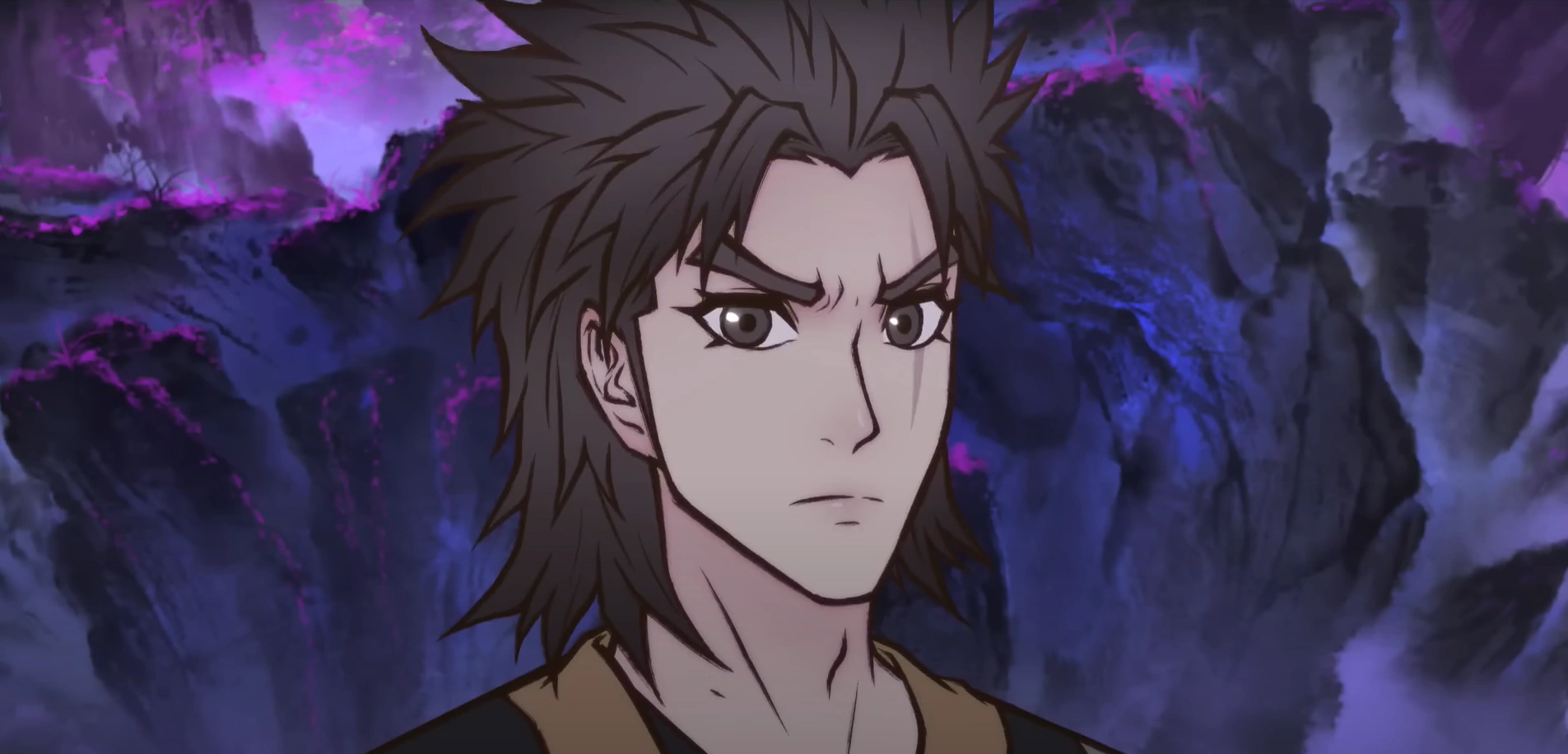
One of the most striking aspects of “Fog Hill of Five Elements” is its visually stunning animation. The series boasts breathtaking surfaces, intricately designed characters, and fluid action sequences that rival those of big-budget Hollywood productions. Each frame is meticulously crafted, with a keen attention to detail that brings the world of Fog Hill to life in vivid detail.
But “Fog Hill of Five Elements” isn’t just visually impressive—it also boasts a rich and immersive storyline that keeps viewers on the edge of their seats. From epic battles between elemental warriors to intimate character moments that explore themes of friendship, loyalty, and sacrifice, the series offers a compelling blend of action, drama, and emotion that will resonate with audiences of all ages.
Central to the story are the characters themselves, each of whom brings their own unique perspective and abilities to the table. From the stoic leader of Fog Hill, Wu Teng, to the hot-headed warrior, Yan, to the enigmatic stranger, Mu Guiying, the cast is diverse and well-developed, with each character undergoing their own journey of growth and self-discovery as the series progresses.
In addition to its story and stunning visuals, “Fog Hill of Five Elements” also boasts an atmospheric soundtrack that perfectly complements the action on screen. From haunting melodies that underscore moments of tension and suspense to triumphant orchestral pieces that accompany epic battle scenes, the music adds an extra layer of depth and emotion to the viewing experience.
Fog Hill of Five Elements is a must-watch for fans of fantasy and animation alike. With its breathtaking visuals, compelling storyline, and memorable characters, it’s a series that will leave a lasting impression long after the final credits roll. Whether you’re a seasoned anime aficionado or just looking for something new to binge-watch, “Fog Hill of Five Elements” is sure to delight and excite audiences of all stripes.
4. Dororo
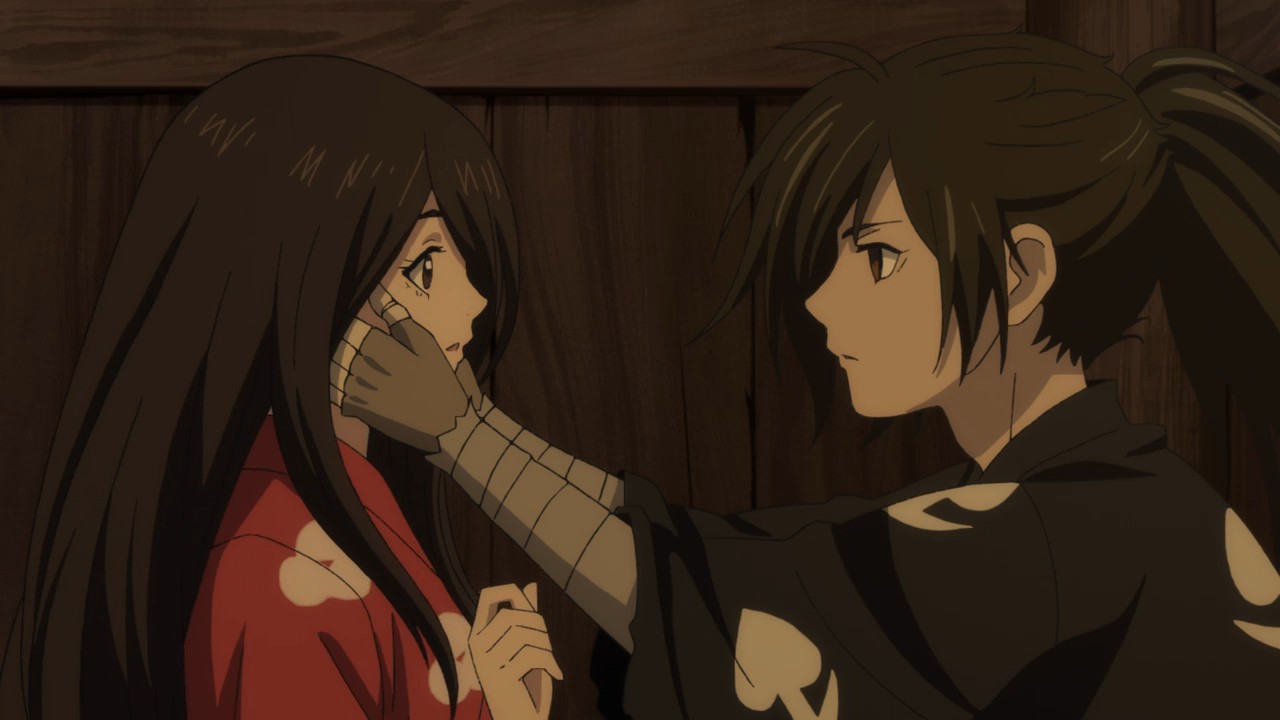
Born missing most of his body parts due to his father’s pact with demons, Hyakkimaru looks on a relentless quest to reclaim what was taken from him. Each body part, sacrificed at birth, now resides within a demon, driving Hyakkimaru to confront and defeat these malevolent entities one by one.
An adaptation of Osamu Tezuka’s revered shonen manga, Dororo weaves a timeless tale of redemption and vengeance, offering a compelling narrative for fans of ronin-style action anime like Demon Slayer. At its core, Dororo thrives on the poignant relationship between Hyakkimaru and the titular child, a charming orphan who forms an unbreakable bond with the skilled swordsman.
“Dororo” is a nice and profound anime series that goes into themes of identity, redemption, and the consequences of war. Adapted from the manga of the same name written by Osamu Tezuka, “Dororo” follows the journey of a young ronin named Hyakkimaru and the titular character Dororo, a plucky orphan, as they traverse a war-torn feudal Japan in search of Hyakkimaru’s stolen body parts, which were taken by demons at birth as part of a pact made by his father, a power-hungry lord.
The series is set during the Sengoku period, a turbulent era characterized by constant warfare and political intrigue. Against this backdrop, Hyakkimaru’s quest for his body parts serves as a metaphor for the recovery of his humanity, as each demon he defeats restores a part of his anatomy.
However, this journey is not merely a physical one; it is also a spiritual and emotional odyssey as Hyakkimaru grapples with his own identity and the morality of his actions.
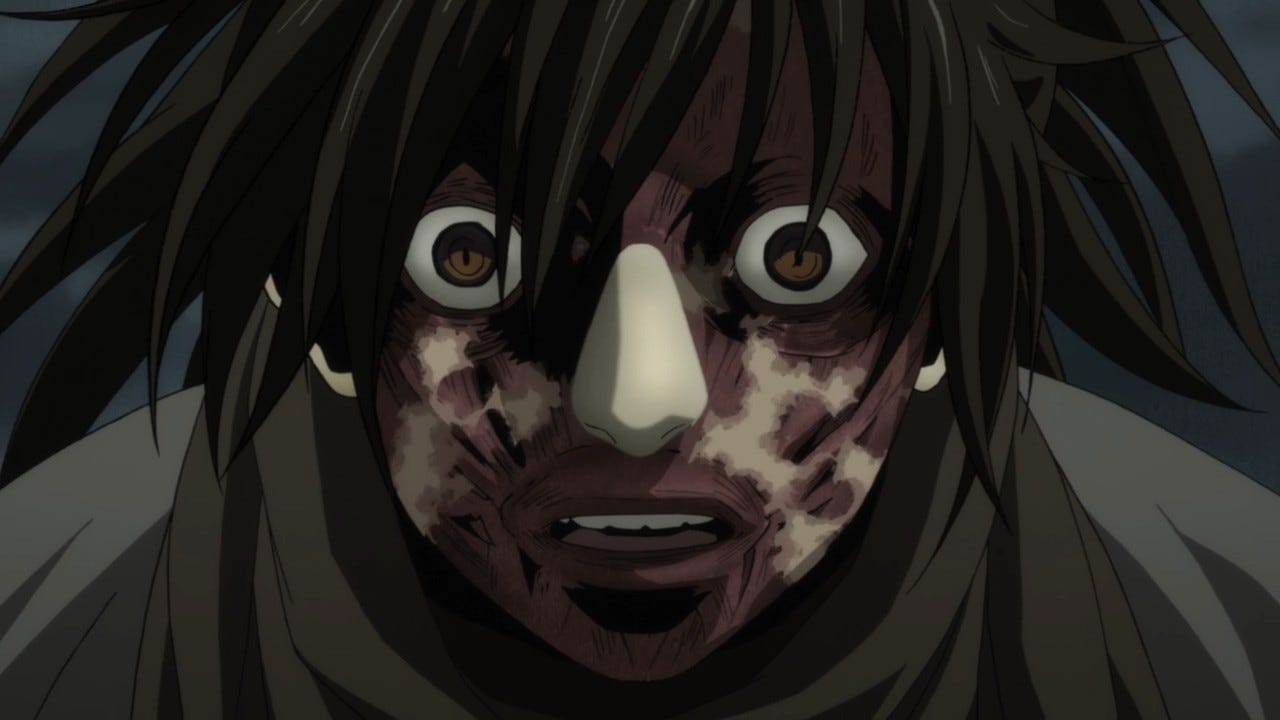
One of the most compelling aspects of “Dororo” is its exploration of the human condition. Hyakkimaru’s lack of conventional senses and emotions initially sets him apart from those around him, but as he regains his body parts, he also begins to reclaim his humanity.
Through his interactions with Dororo and other characters he meets along the way, Hyakkimaru learns about love, compassion, and the value of human connection, challenging his preconceived notions about himself and the world.
In addition to its rich thematic depth, “Dororo” excels in its character development and storytelling. Hyakkimaru and Dororo are both complex and multifaceted characters, each with their own motivations and struggles. Their evolving relationship forms the emotional core of the series, as they confront their demons together and forge a deep bond built on trust and mutual respect.
The animation in “Dororo” is also top-notch, with beautifully crafted fight scenes and atmospheric surfaces that bring the world of feudal Japan to life. The character designs are distinctive and memorable, capturing the essence of each individual and their place within the story.
Furthermore, “Dororo” is not afraid to tackle difficult and thought-provoking subject matter, including the horrors of war, the nature of good and evil, and the consequences of human greed and ambition. It presents a nuanced and morally ambiguous portrayal of its characters and their actions, challenging viewers to consider the complexities of right and wrong in a world where the lines between them are often blurred.
Dororo is a masterfully crafted anime that combines stunning animation, compelling storytelling, and profound themes to create a truly unforgettable viewing experience. Whether you’re a fan of historical fiction, supernatural adventure, or character-driven drama, “Dororo” offers something for everyone and stands as a testament to the enduring power of storytelling in all its forms.
3. Samurai Champloo
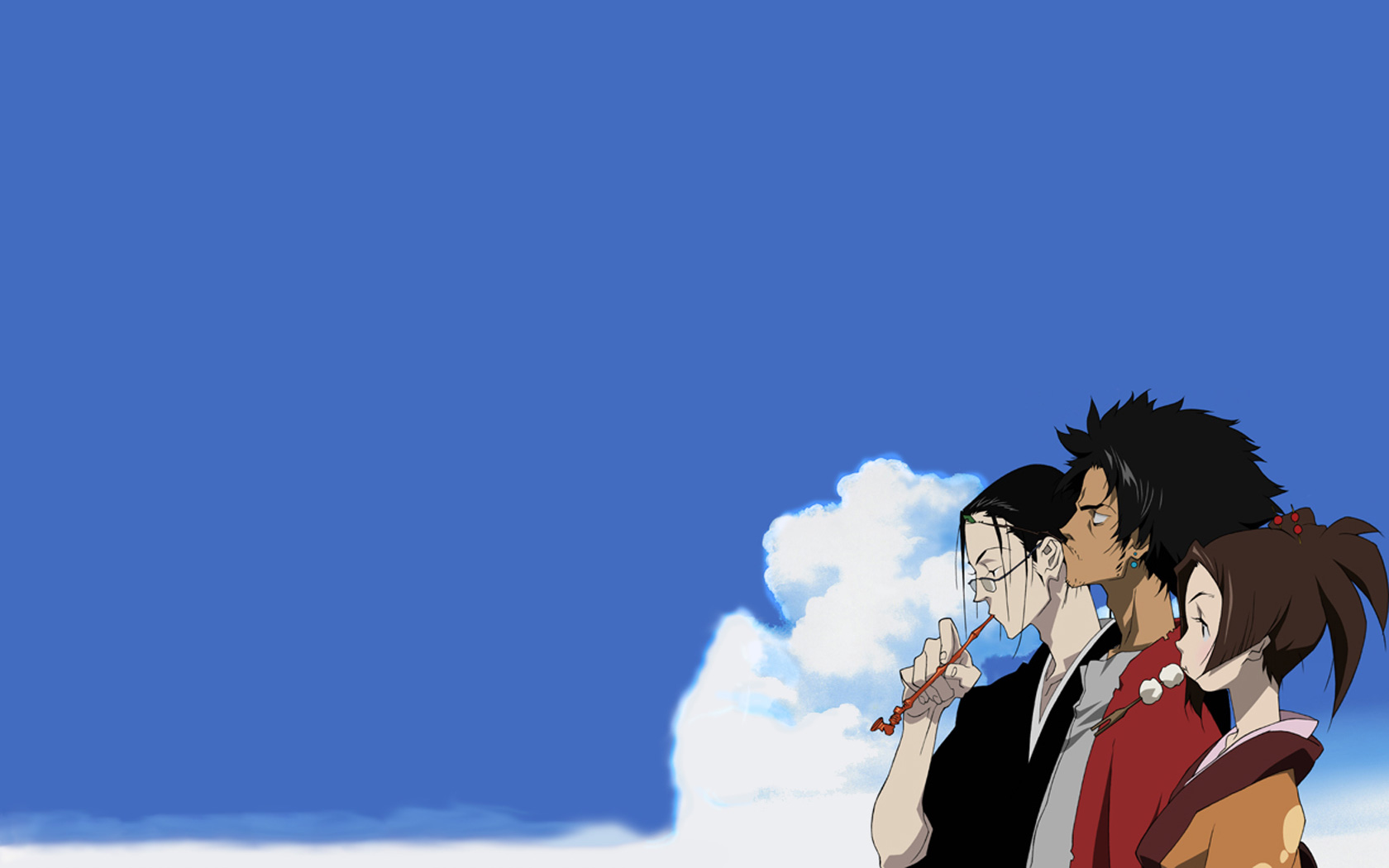
Samurai Champloo, a timeless classic crafted by Shinichiro Watanabe, fits seamlessly into almost any recommendation scenario. Whether craving action, comedy, or a taste of hip-hop culture, Samurai Champloo delivers. For Demon Slayer fans, especially those enamored with its historical backdrop, Samurai Champloo proves to be an essential watch. While set a few decades earlier during the Edo period, it shares a similar spirit with Demon Slayer’s Taisho era.
The narrative centers on two samurai who join forces with a young girl on her quest to find the enigmatic Sunflower Samurai. However, this goal primarily serves as a catalyst for the trio’s journey across Japan, looking on a series of self-contained adventures, battles, and misadventures. Samurai Champloo’s action sequences are abundant, gorgeously animated, and often intense, bearing a resemblance to Demon Slayer’s own thrilling battles.
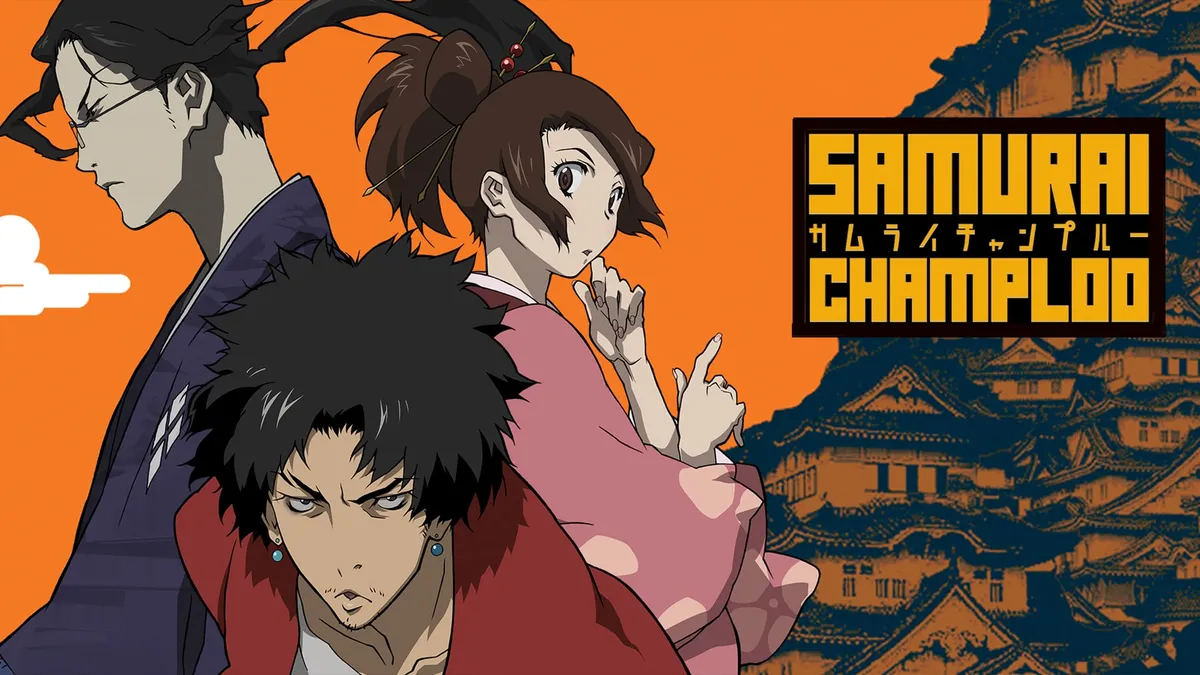
“Samurai Champloo” is a unique blend of historical fiction, action, comedy, and hip-hop culture that revolutionized the anime community when it premiered in 2004. Created by Shinichirō Watanabe, the visionary behind “Cowboy Bebop,” this series takes viewers on a journey through Edo-era Japan, following the exploits of three unlikely companions as they go on a quest that seamlessly combines swordplay, humor, and an eclectic soundtrack.
Set in an alternate version of Japan during the Edo period, “Samurai Champloo” centers around the adventures of Mugen, Jin, and Fuu. Mugen is a brash and unpredictable swordsman with a unique fighting style influenced by breakdancing and capoeira.
Jin, on the other hand, is a stoic and disciplined rōnin (masterless samurai) skilled in traditional swordsmanship. The two warriors find themselves bound by fate when they cross paths with Fuu, a spirited and resourceful young woman on a quest to find a mysterious samurai who smells of sunflowers.
United by circumstance, the trio goes on a journey across Japan, encountering a colorful array of characters and engaging in exhilarating sword fights along the way.
As they traverse the countryside, they become embroiled in various misadventures, from confronting rival gangs and evading law enforcement to uncovering dark secrets from their pasts. Amidst the chaos and turmoil of feudal Japan, Mugen, Jin, and Fuu form an unlikely bond as they navigate the complexities of honor, loyalty, and redemption.
The strength of “Samurai Champloo” lies in its well-drawn characters, each with their own distinct personalities and motivations. Mugen, with his wild and unpredictable nature, serves as the chaotic force driving much of the series’ action and humor.
Jin, by contrast, embodies the stoic and disciplined samurai archetype, providing a foil to Mugen’s impulsiveness with his calm demeanor and strategic prowess. Fuu, the heart of the group, serves as the glue that holds them together, offering wit, compassion, and a relentless determination to achieve her goals.
At its core, “Samurai Champloo” explores themes of identity, freedom, and the clash between tradition and modernity. Through its episodic structure and diverse cast of characters, the series goes into the social and cultural dynamics of Edo-era Japan, shedding light on issues such as class disparity, political corruption, and the legacy of feudalism.
Moreover, “Samurai Champloo” incorporates elements of hip-hop culture, from its eclectic soundtrack featuring artists like Nujabes and Fat Jon to its stylized animation and urban aesthetic, creating a unique fusion of historical drama and contemporary sensibilities.
Visually striking and stylistically innovative, “Samurai Champloo” features dynamic animation, fluid fight choreography, and a vibrant color palette that captures the essence of feudal Japan while infusing it with modern flair. The series’ distinctive art style, characterized by its bold lines and expressive character designs, sets it apart from traditional samurai anime and contributes to its sense of visual dynamism.
Complementing the series’ visuals is its iconic soundtrack, curated by the legendary producer Nujabes. Fusing elements of jazz, hip-hop, and traditional Japanese music, the soundtrack of “Samurai Champloo” serves as a powerful narrative device, enhancing the mood and atmosphere of each scene while also providing a thematic backdrop for the characters’ journey.
Tracks like “Battlecry” and “Aruarian Dance” have become synonymous with the series itself, further cementing its legacy as a trailblazer anime music.
Since its release, “Samurai Champloo” has garnered widespread acclaim from critics and audiences alike, earning praise for its innovative storytelling, stylish animation, and memorable characters. Its unique blend of historical drama, action, and hip-hop culture has inspired a new generation of anime fans and left a lasting impact on the medium as a whole.
Moreover, its influence extends beyond anime, permeating popular culture and paving the way for future collaborations between anime creators and musicians.
Samurai Champloo” is a timeless classic that continues to excite viewers with its dynamic storytelling, stylish animation, and groundbreaking soundtrack. With its eclectic blend of genres and themes, the series transcends traditional boundaries and offers a fresh take on the samurai genre, proving that innovation knows no limits.
Whether you’re a fan of action-packed adventures or character-driven dramas, “Samurai Champloo” is a must-watch anime that remains as relevant and exhilarating as ever.
2. Rurouni Kenshin
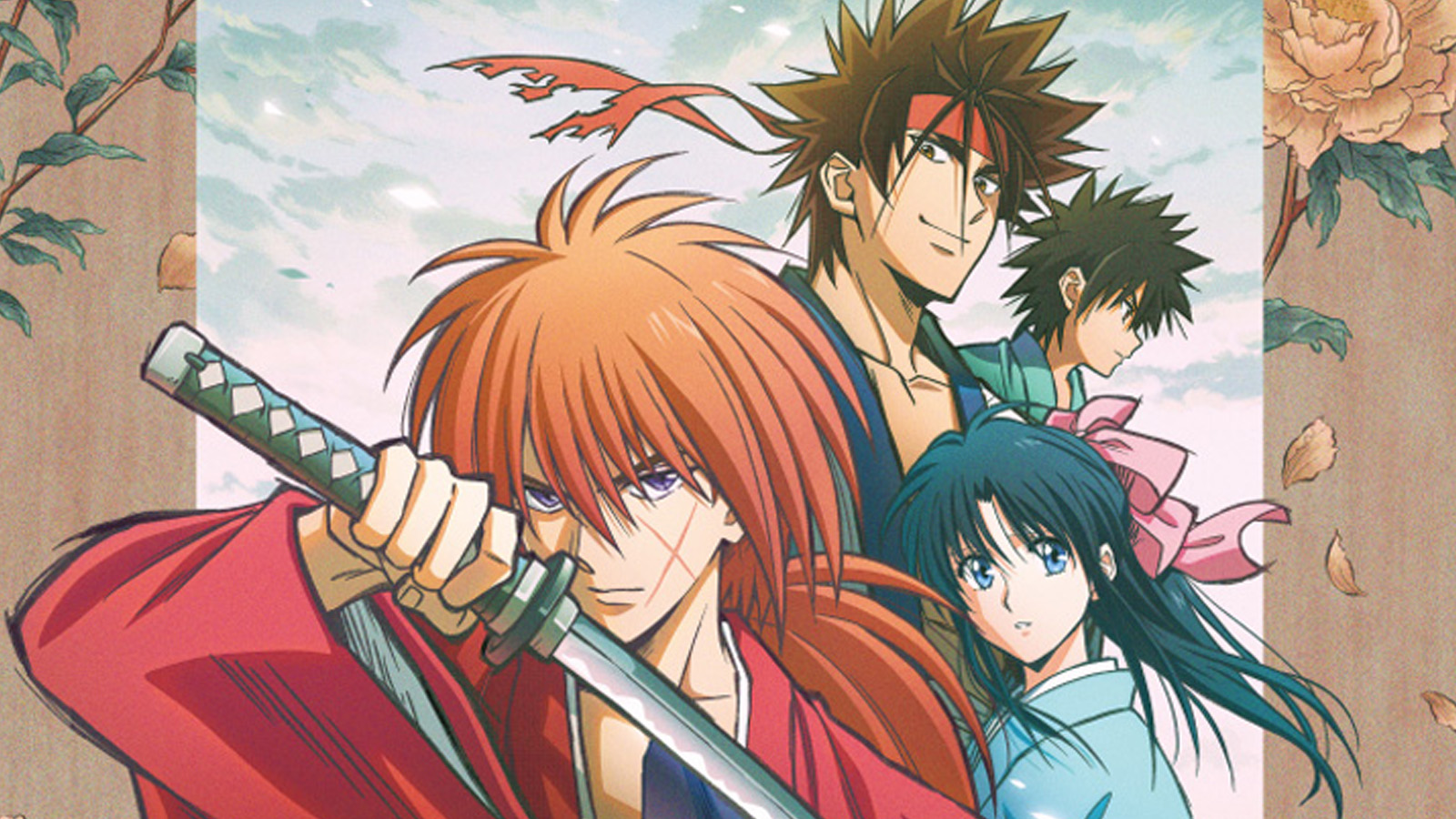
Rurouni Kenshin, also known as Samurai X, presents a more straightforward take on samurai anime, albeit with elements that could be construed as magical. For instance, characters possess abilities such as breathing fire due to oil tanks in their stomachs.
Despite these fantastical elements, the anime strives to maintain a sense of grounded combat, even if certain aspects may defy logic. At its core, the narrative centers on the titular hero’s quest for redemption, as he grapples with the weight of the thousands of lives he has taken. Yet, despite his efforts to leave his violent past behind, he finds himself repeatedly drawn back into conflict.
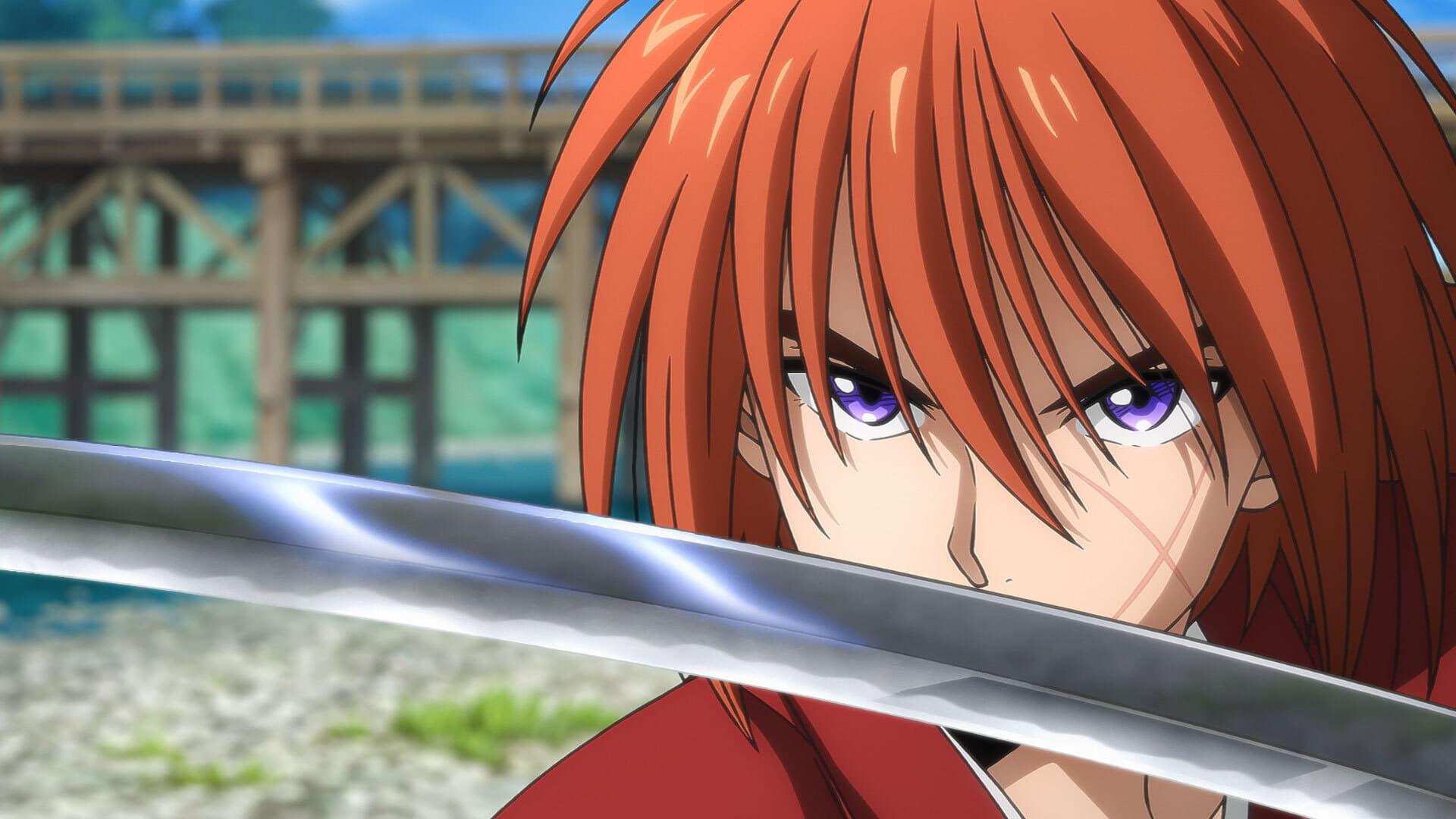
“Rurouni Kenshin,” also known as “Samurai X” in some regions, is a quintessential anime and manga series that has left an enduring legacy since its inception in the 1990s. Created by Nobuhiro Watsuki, this historical action-adventure tale is set in the Meiji era of Japan and follows the journey of Himura Kenshin, a former assassin turned wanderer who seeks redemption for his past sins by protecting the innocent with a vow never to kill again.
The story begins with Kenshin Himura, once known as the fearsome Hitokiri Battosai, wandering the countryside of Japan, wielding a reverse-blade sword as a symbol of his oath to never take another life. Along his travels, he encounters Kaoru Kamiya, the head of a struggling dojo, and eventually becomes embroiled in the conflicts of the new era as he battles against old enemies and new threats alike.
“Rurouni Kenshin” masterfully weaves together elements of historical fiction, martial arts, and character-driven drama as Kenshin navigates the tumultuous surface of post-Edo Japan. From facing off against former allies seeking revenge to confronting the dark legacy of his past, Kenshin’s journey is one of self-discovery, redemption, and the quest for atonement.
At the heart of “Rurouni Kenshin” are its richly developed characters, each with their own unique backgrounds, motivations, and moral dilemmas. Kenshin Himura, with his serene demeanor and unwavering sense of justice, serves as the moral compass of the series, embodying the ideals of honor, compassion, and repentance.
Alongside him are a colorful cast of allies and adversaries, including Kaoru Kamiya, the spirited dojo instructor who becomes Kenshin’s closest confidante; Sanosuke Sagara, a brash fighter with a troubled past; and Hajime Saito, a stoic former member of the Shinsengumi with his own code of honor.
“Rurouni Kenshin” explores a myriad of themes that resonate with audiences on a profound level. Central among these is the concept of redemption and the belief in the possibility of change, as Kenshin grapples with the consequences of his violent past and strives to forge a new path as a protector rather than a killer.
The series also goes into themes of loyalty, friendship, and the enduring struggle between justice and vengeance, offering nuanced portrayals of its characters’ moral struggles and ethical dilemmas.
Moreover, “Rurouni Kenshin” addresses socio-political issues of the Meiji era, including the clash between tradition and modernity, the aftermath of the Bakumatsu period, and the challenges of rebuilding a nation torn apart by civil war.
Through its historical backdrop, the series provides insight into the cultural shifts and ideological conflicts that shaped Japan’s transition into the modern age, offering a compelling narrative that is both educational and entertaining.
Produced by Studio Gallop, the animation of “Rurouni Kenshin” is characterized by its fluid fight choreography, dynamic action sequences, and expressive character designs. The series expertly captures the intensity and elegance of swordplay, with each battle choreographed to perfection to convey the skill and determination of the combatants.
Complementing the animation is the iconic soundtrack composed by Noriyuki Asakura, which features a blend of traditional Japanese music, orchestral arrangements, and rock-infused themes that enhance the mood and atmosphere of each scene.
From the haunting melody of “Departure” to the adrenaline-pumping rhythm of “Warriors Suite,” the soundtrack of “Rurouni Kenshin” adds depth and emotion to the series, elevating it to a truly immersive experience.
“Rurouni Kenshin” has left an indelible mark on the anime and manga, earning acclaim from critics and audiences alike for its compelling storytelling, well-developed characters, and stunning animation. Since its debut, the series has inspired numerous adaptations, including anime films, OVAs, live-action movies, and video games, cementing its status as a beloved classic beloved by fans around the world.
Moreover, “Rurouni Kenshin” continues to resonate with audiences today, its themes of redemption, honor, and the pursuit of justice remaining as relevant as ever. Its enduring legacy serves as a testament to the enduring power of storytelling to inspire, enlighten, and entertain, ensuring that Kenshin Himura’s journey will be remembered for generations to come.
Rurouni Kenshin” is a timeless masterpiece that combines action, drama, and historical fiction to create a compelling narrative that transcends genres and generations. With its memorable characters, thought-provoking themes, and breathtaking animation, the series remains a shining example of the transformative power of anime to hearts and minds around the world.
Whether you’re a longtime fan or new to the series, “Rurouni Kenshin” is an unforgettable journey that is sure to leave a lasting impression.
1. Jujutsu Kaisen

Alongside Demon Slayer, Jujutsu Kaisen has undeniably set a new standard for shonen action, with MAPPA’s stellar animation across both seasons and the prequel movie. While the two series diverge in setting, Jujutsu Kaisen presents a contemporary Japan infused with supernatural entities called Curses, akin to yokai. Tasked with containing these spirits are Jujutsu Sorcerers, humans categorized by their abilities and ranked based on skill levels.
Although more narrative-driven than Demon Slayer, Jujutsu Kaisen remains centered on intense battles, particularly evident in the second season’s extensive arc. While the prospect of 10+ episodes of combat may seem daunting, these sequences are not only visually breathtaking but also emotionally charged and impactful. Furthermore, both anime share protagonists thrust into perilous worlds, where rapid adaptation is essential for survival and growth.
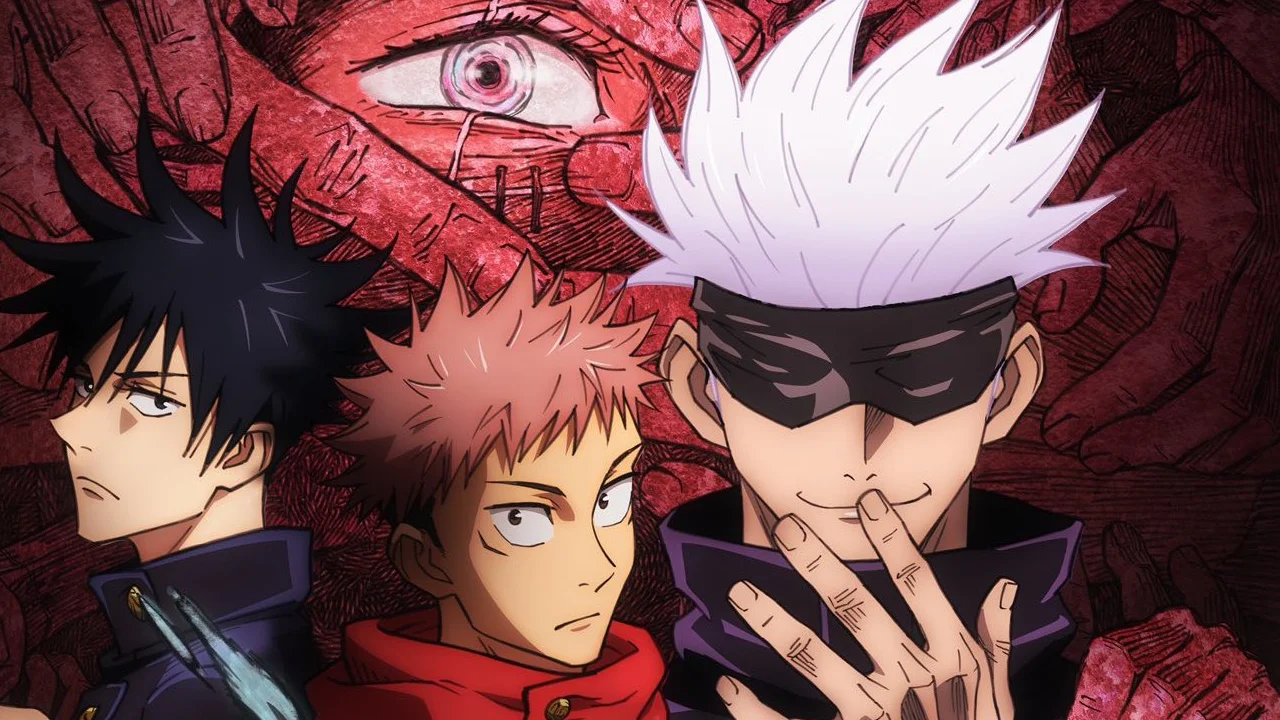
“Jujutsu Kaisen” is a thrilling and action-packed anime and manga series that has taken the anime community by storm since its debut. Created by Gege Akutami, the series seamlessly blends elements of supernatural horror, martial arts, and dark fantasy to deliver a gripping narrative filled with intense battles, complex characters, and rich world-building.
The story of “Jujutsu Kaisen” revolves around Yuji Itadori, a high school student with remarkable physical abilities and a strong sense of justice. After a chance encounter with a cursed object known as a “Sukuna’s Finger,” Yuji unwittingly becomes entangled in jujutsu sorcery, where cursed spirits roam the earth, threatening the lives of innocent people.
Upon joining the Tokyo Metropolitan Curse Technical College, Yuji discovers that he has inherited the immense power of Sukuna, a legendary curse with the potential to wreak havoc on humanity. In order to prevent Sukuna from unleashing chaos upon the world, Yuji enrolls as a jujutsu sorcerer under the tutelage of Satoru Gojo, a powerful and enigmatic sorcerer tasked with training him to control his newfound abilities.
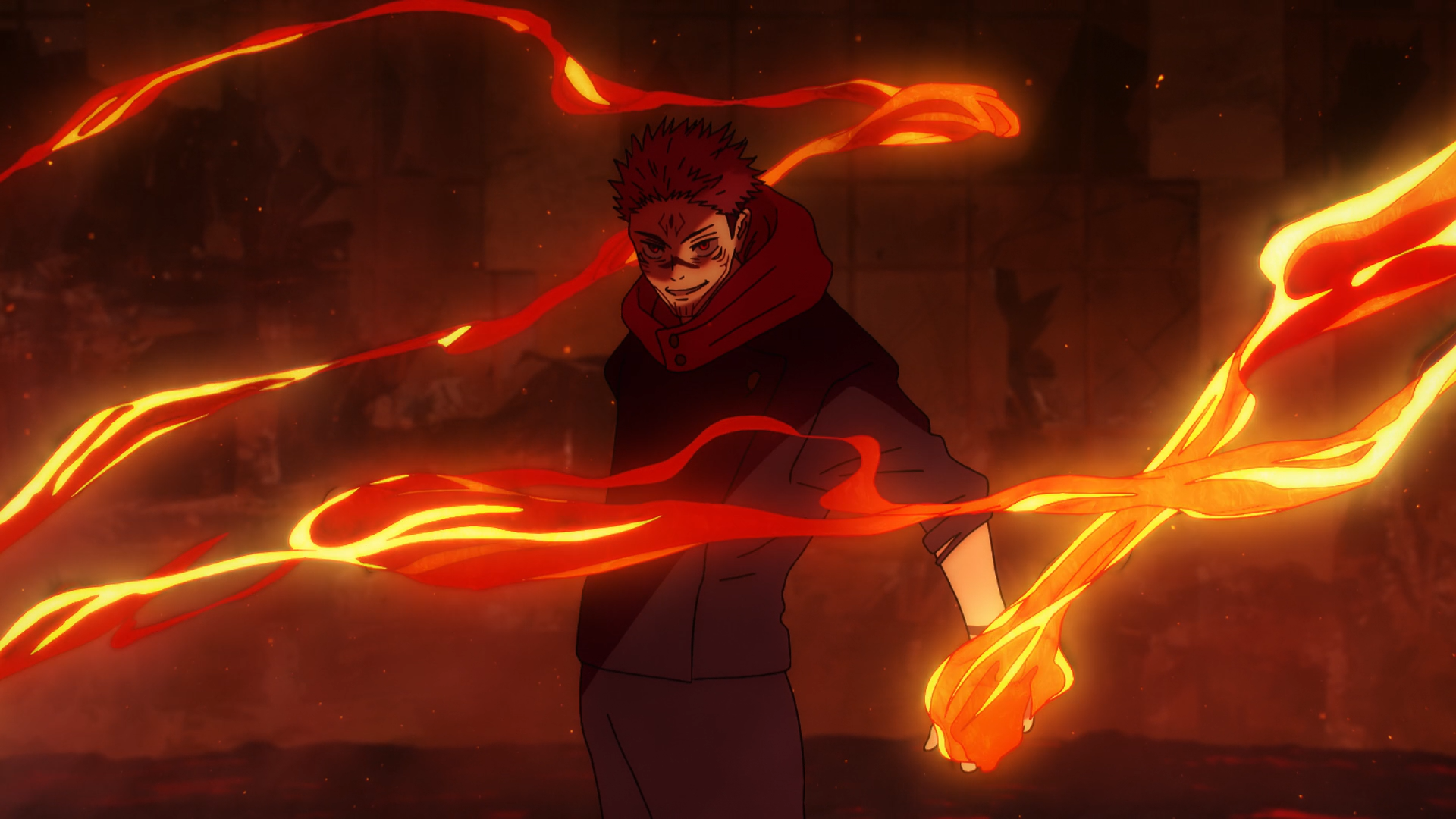
As Yuji navigates the dangers of the jujutsu world, he forms alliances with other sorcerers, including the stoic Megumi Fushiguro and the fierce Nobara Kugisaki, as they go on missions to exorcise cursed spirits and protect the innocent from harm. Along the way, they encounter formidable adversaries, uncover dark conspiracies, and confront the true nature of curses and sorcery.
One of the strengths of “Jujutsu Kaisen” lies in its diverse and well-developed cast of characters, each with their own unique personalities, motivations, and abilities. Yuji Itadori, with his unwavering sense of justice and selfless nature, serves as the heart of the series, embodying the ideals of heroism and sacrifice.
Alongside him are a host of memorable characters, including the wise and eccentric Satoru Gojo, the mysterious and brooding Megumi Fushiguro, and the spirited and outspoken Nobara Kugisaki, each bringing their own strengths and vulnerabilities to the table.
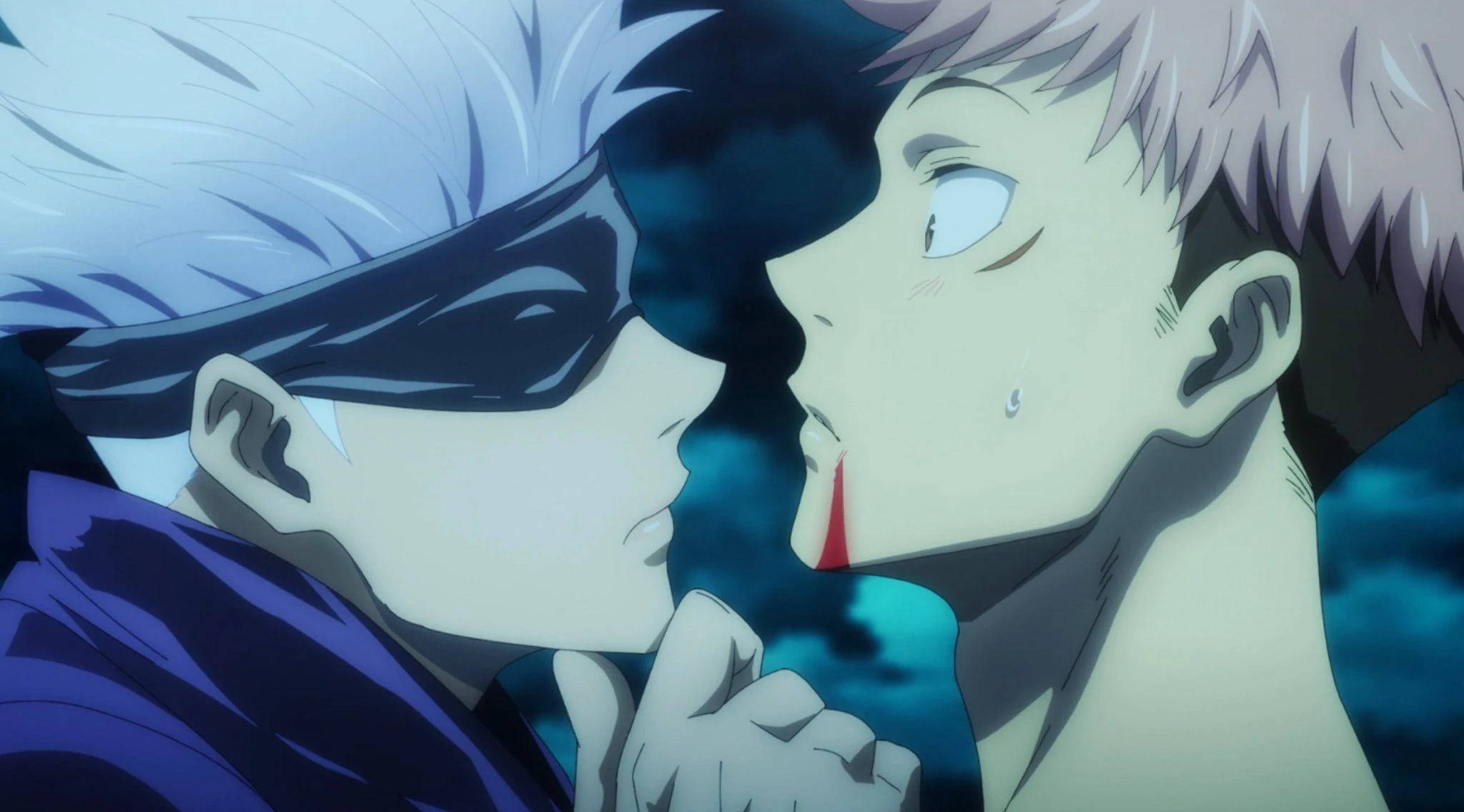
“Jujutsu Kaisen” explores a variety of themes that resonate with audiences on a deeper level. Central among these is the concept of fear and the human capacity to overcome it through courage, determination, and camaraderie. The series goes into the psychological effects of curses and trauma, as well as the power of empathy and compassion to heal emotional wounds and forge meaningful connections.
Moreover, “Jujutsu Kaisen” addresses complex moral and ethical dilemmas, challenging its characters to confront the darkness within themselves and make difficult choices in the face of adversity. Through its compelling storytelling and dynamic character interactions, the series offers insight into the complexities of the human experience and the universal struggle between good and evil.
Produced by MAPPA, the animation of “Jujutsu Kaisen” is nothing short of spectacular, featuring fluid fight choreography, dynamic action sequences, and stunning visual effects that bring the world of curses and sorcery to life. The series’ stylish animation perfectly complements its fast-paced narrative, capturing the intensity and excitement of each battle with precision and flair.
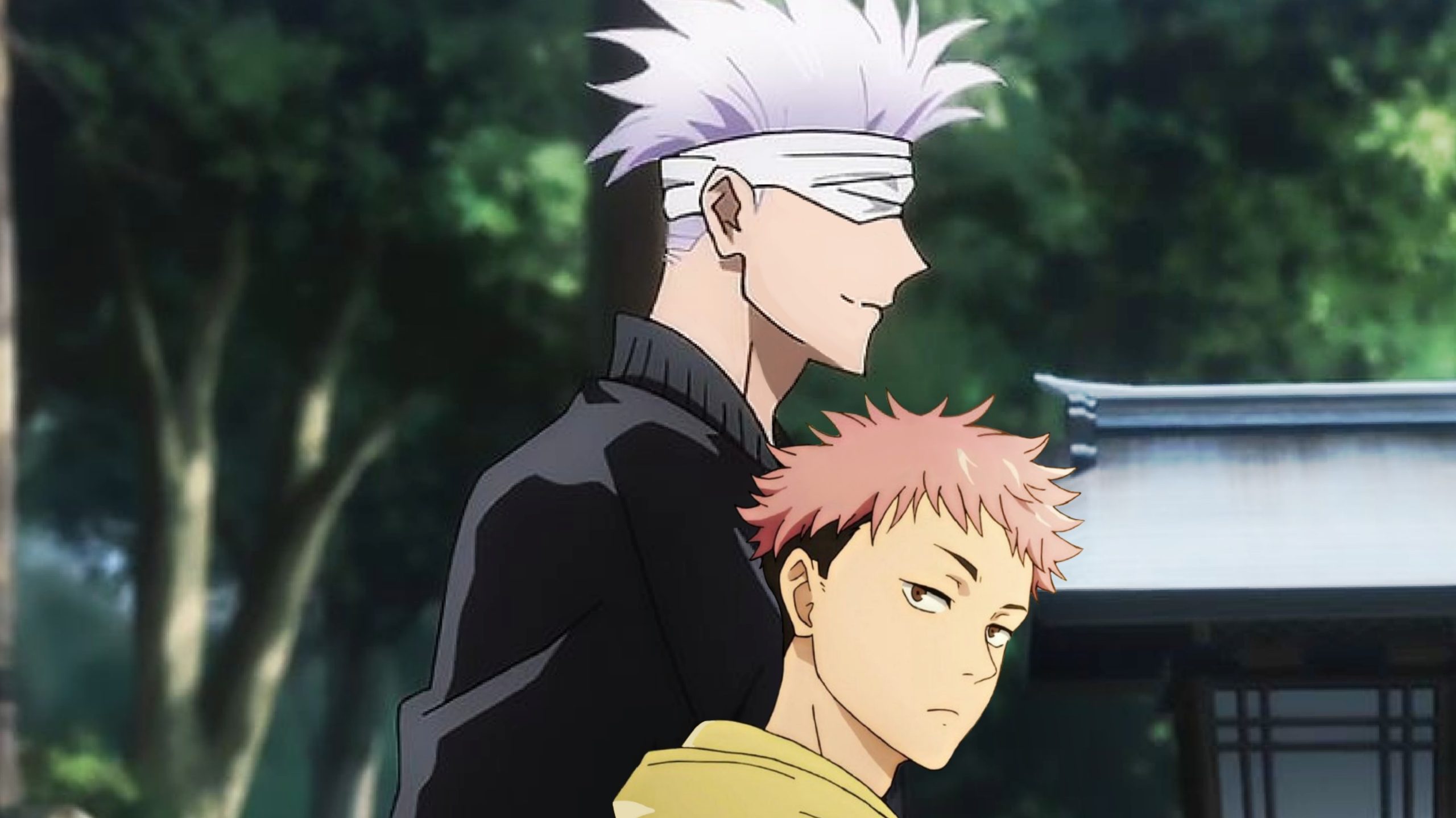
Complementing the animation is the series’ electrifying soundtrack, composed by Hiroaki Tsutsumi, Yoshimasa Terui, and Arisa Okehazama. With its blend of haunting melodies, pulse-pounding rhythms, and atmospheric compositions, the soundtrack of “Jujutsu Kaisen” enhances the mood and atmosphere of each scene, immersing viewers in the dark and ominous world of curses and sorcery.
Since its debut, “Jujutsu Kaisen” has garnered widespread acclaim from both critics and audiences alike, earning praise for its compelling storytelling, dynamic characters, and breathtaking animation. The series has amassed a dedicated fanbase and has been hailed as one of the best anime of its generation, with its popularity extending beyond Japan to international audiences around the world.
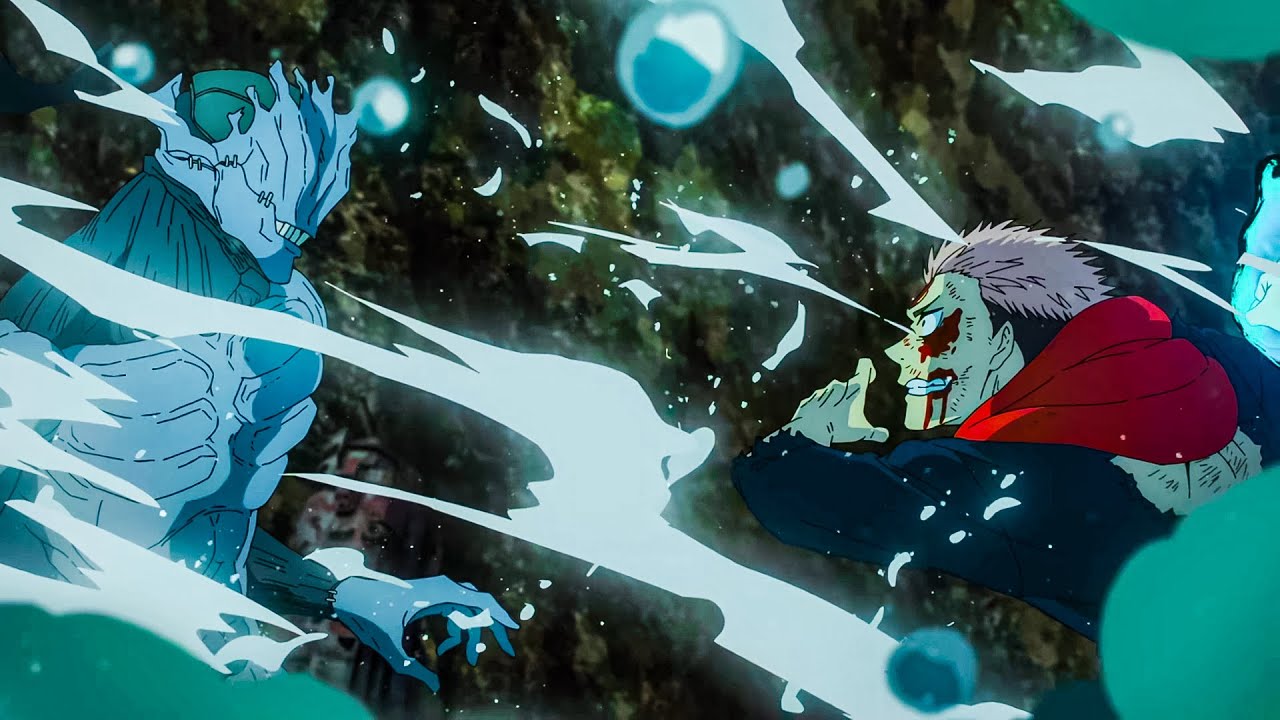
Moreover, “Jujutsu Kaisen” has had a significant impact on the anime community, inspiring fan art, cosplay, and merchandise, as well as sparking discussions on its themes and characters. With its thrilling action, compelling narrative, and rich world-building, the series has solidified its place as a modern classic in shonen anime, ensuring that its legacy will endure for years to come.
Jujutsu Kaisen is a thrilling and nice anime that has grabbed audiences with its intense battles, complex characters, and richly detailed world. With its compelling storytelling, dynamic animation, and memorable soundtrack;
the series offers a thrilling and immersive experience that will leave viewers eagerly awaiting each new episode. Whether you’re a fan of supernatural horror, martial arts, or dark fantasy, “Jujutsu Kaisen” is a must-watch anime that delivers on every front.
Memes of the Day
Houkago no Yuutousei


